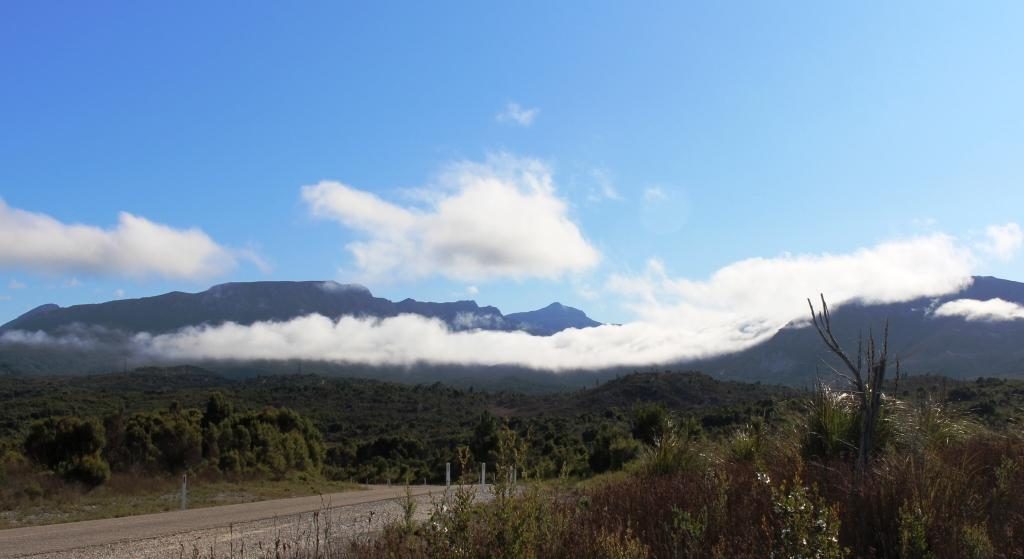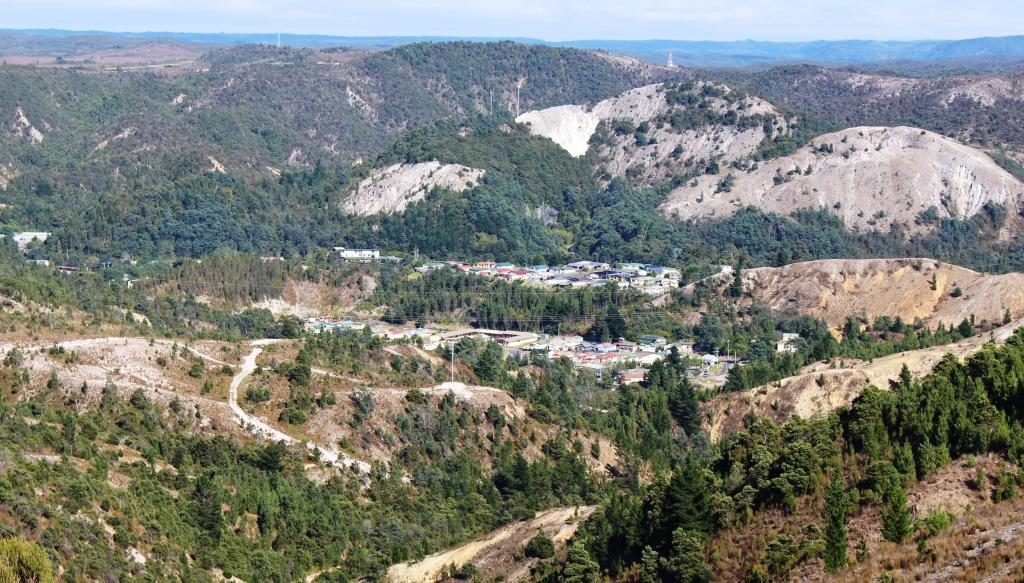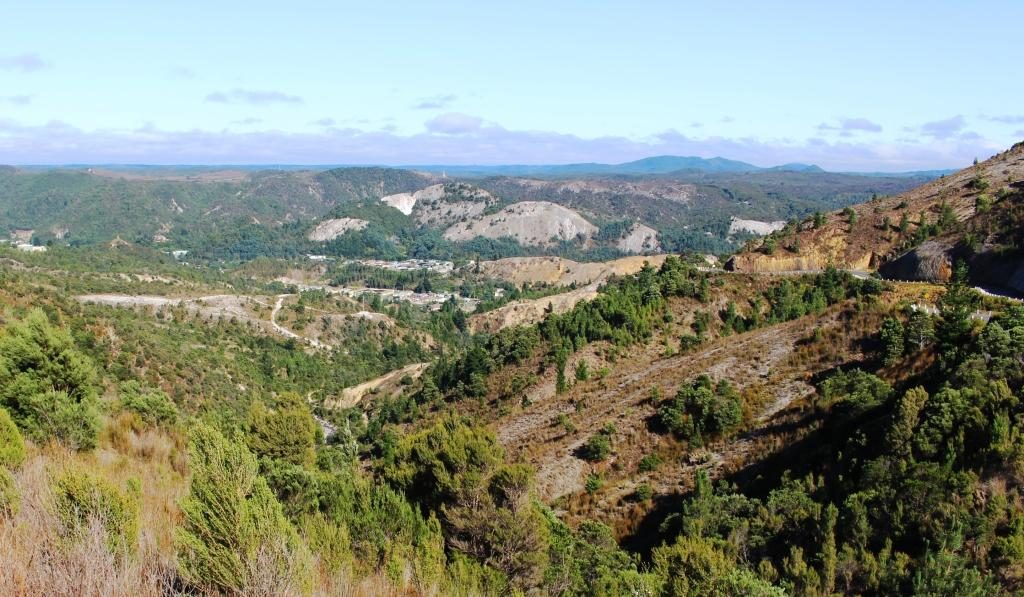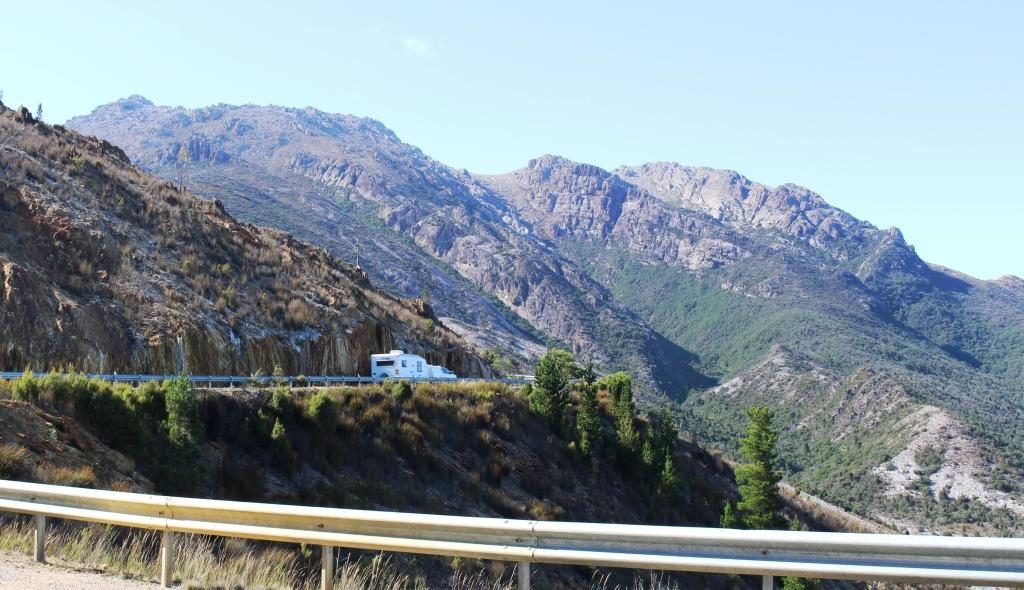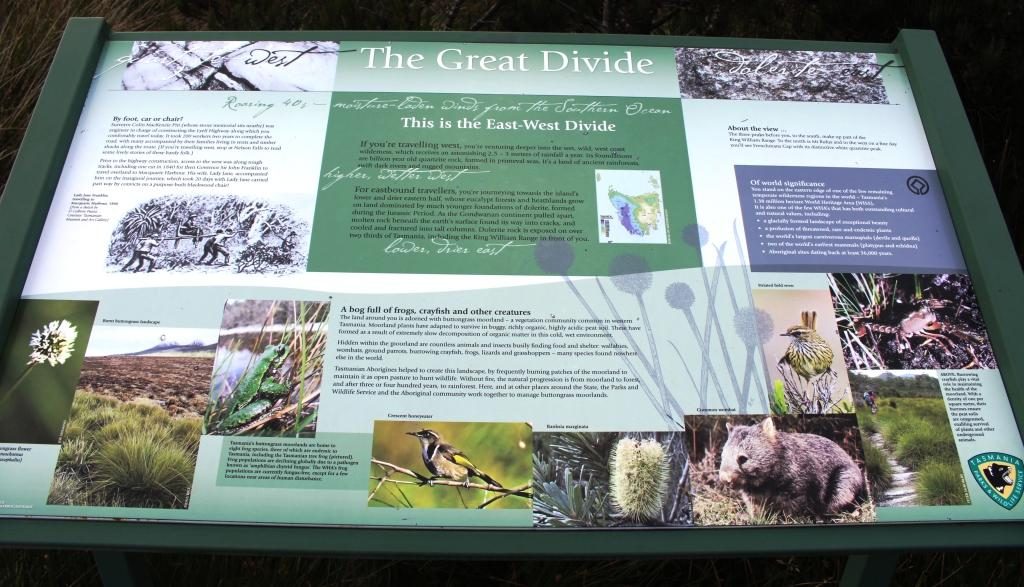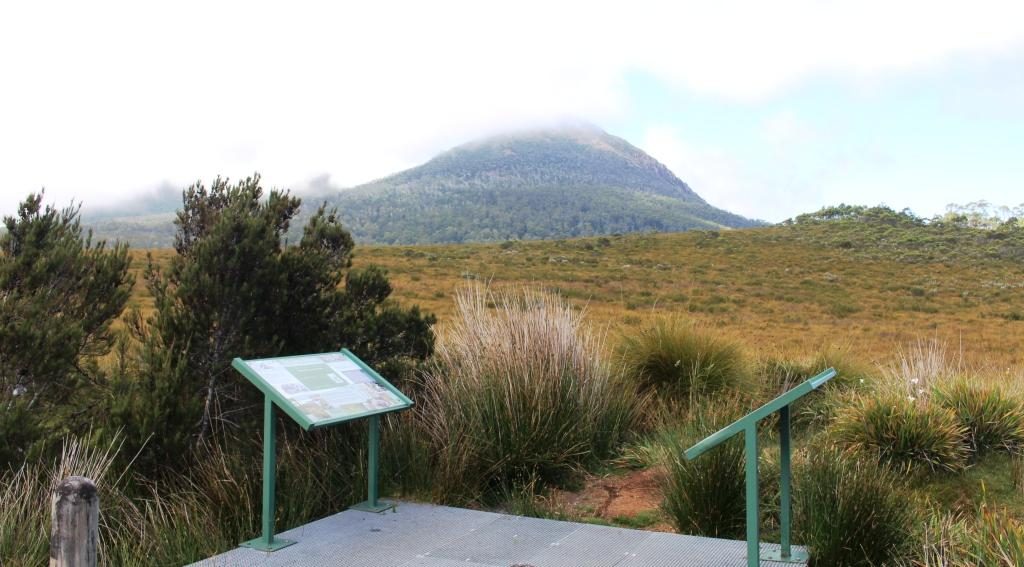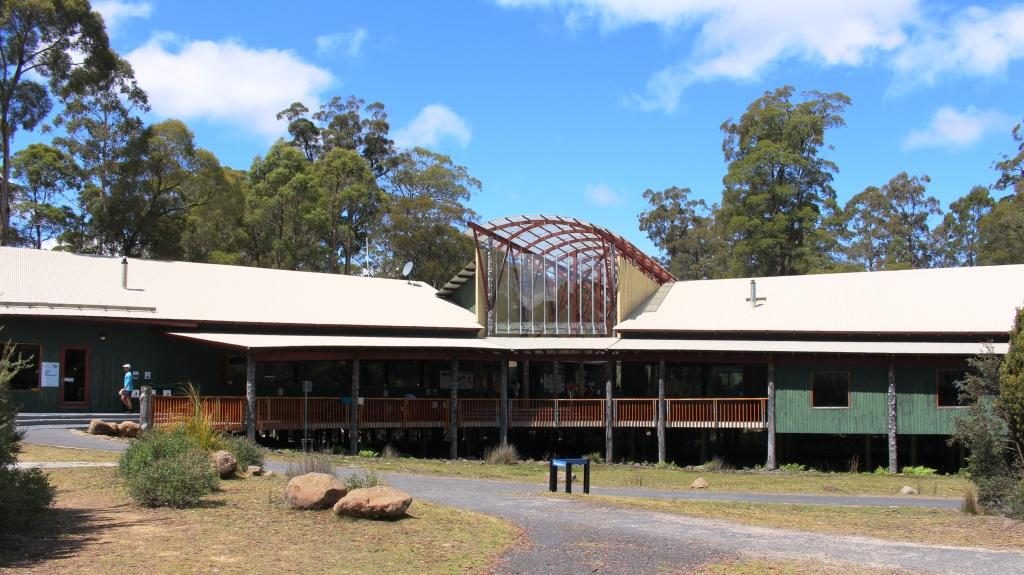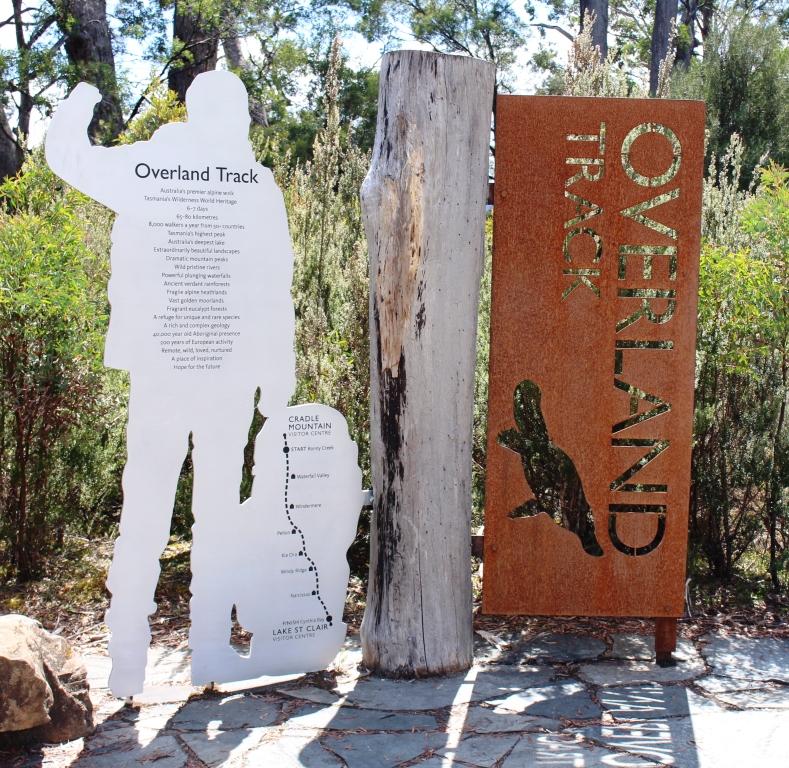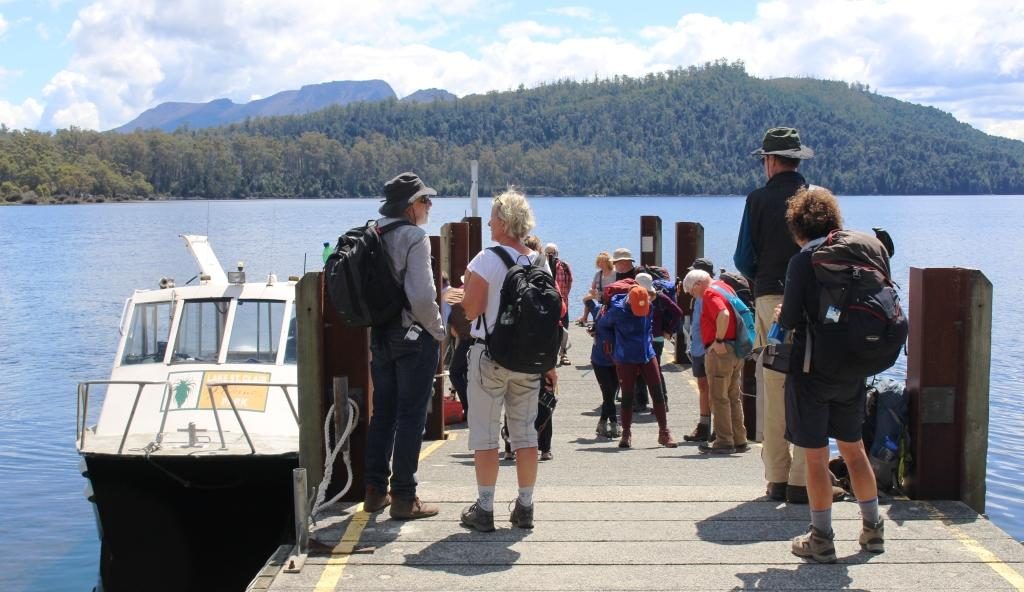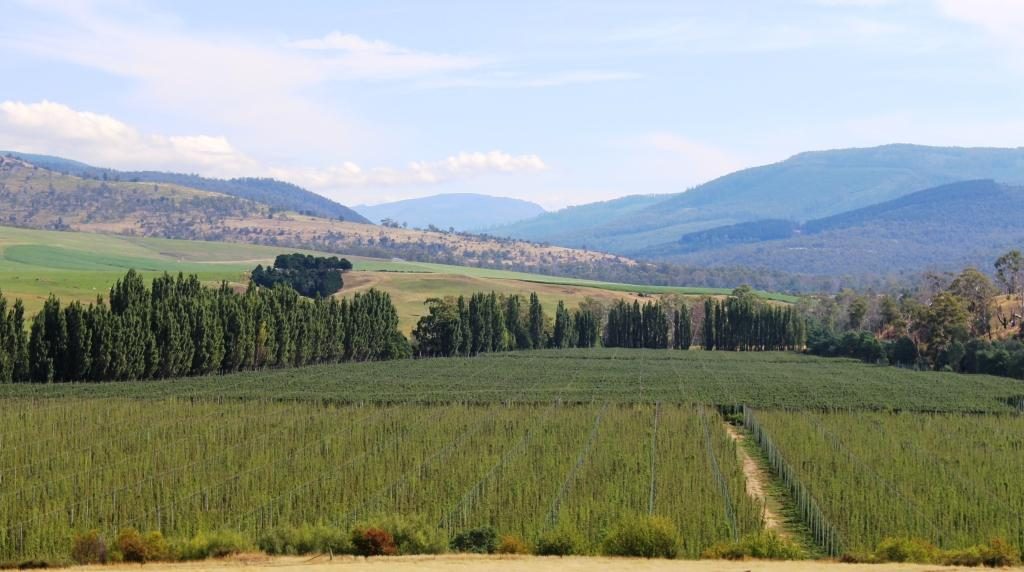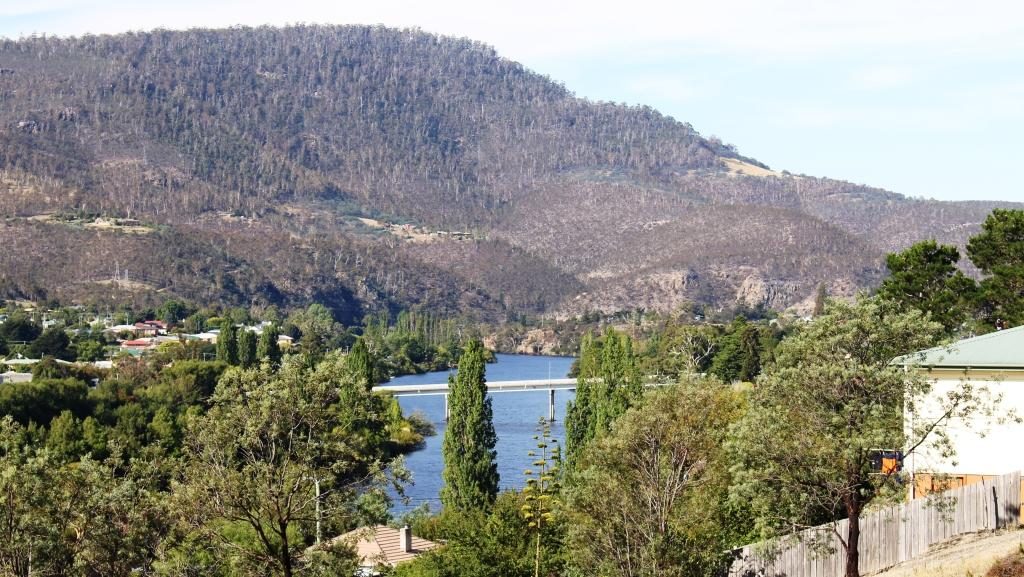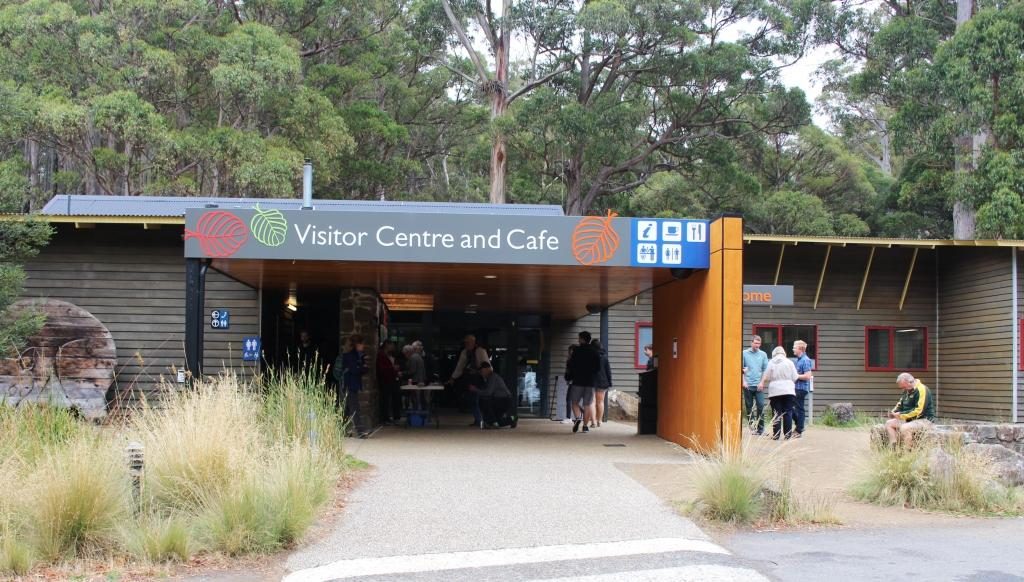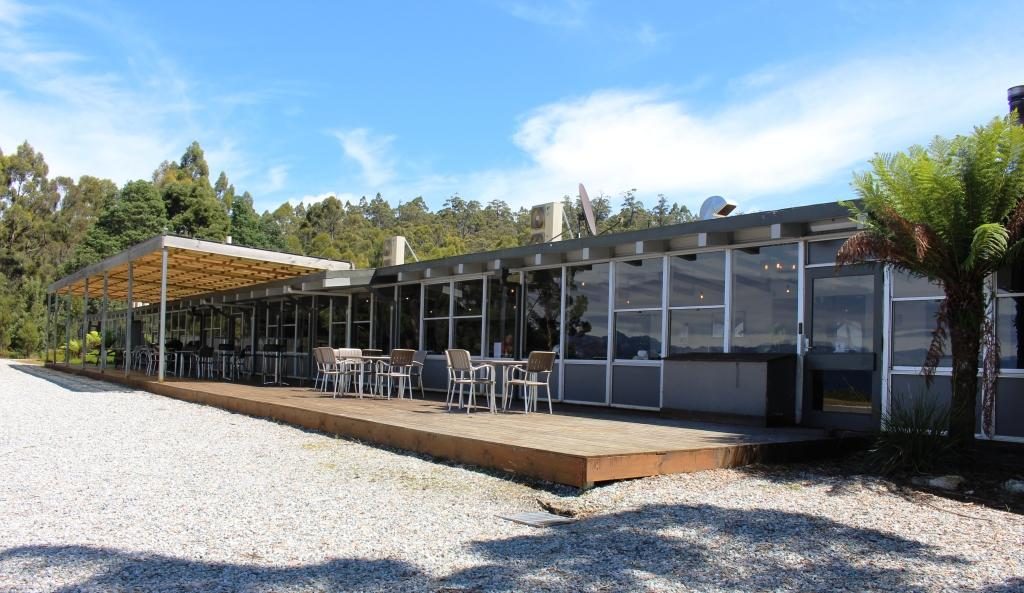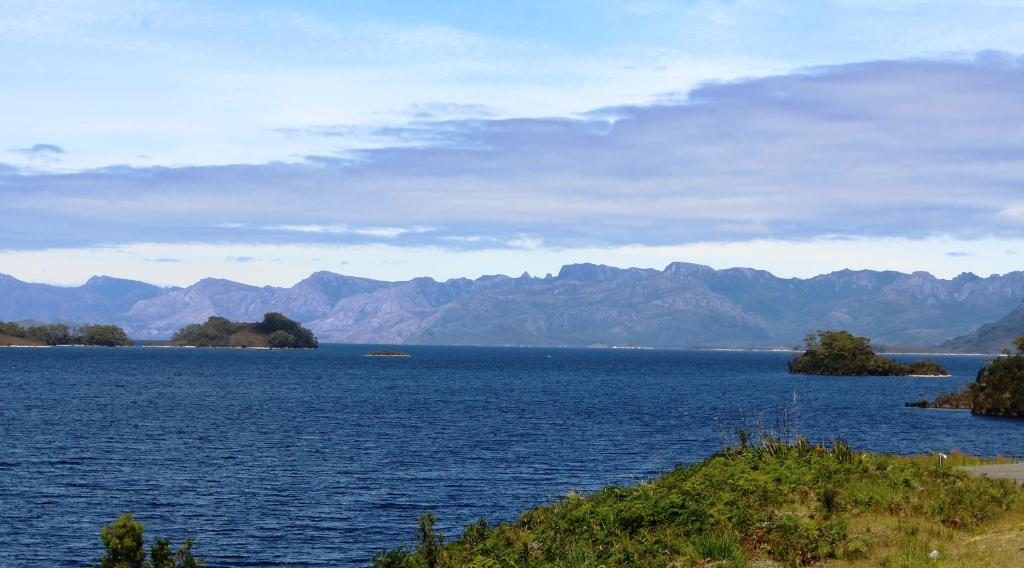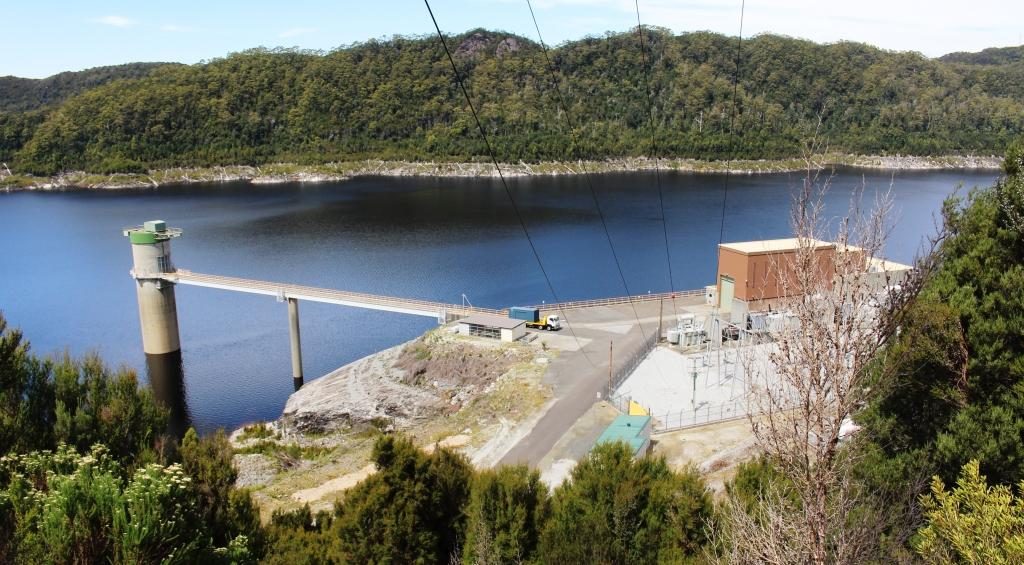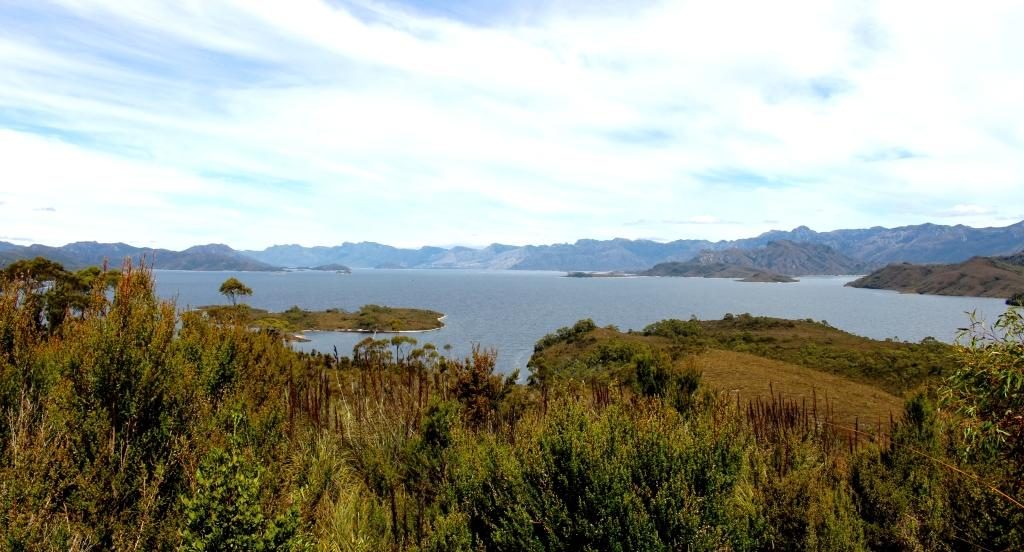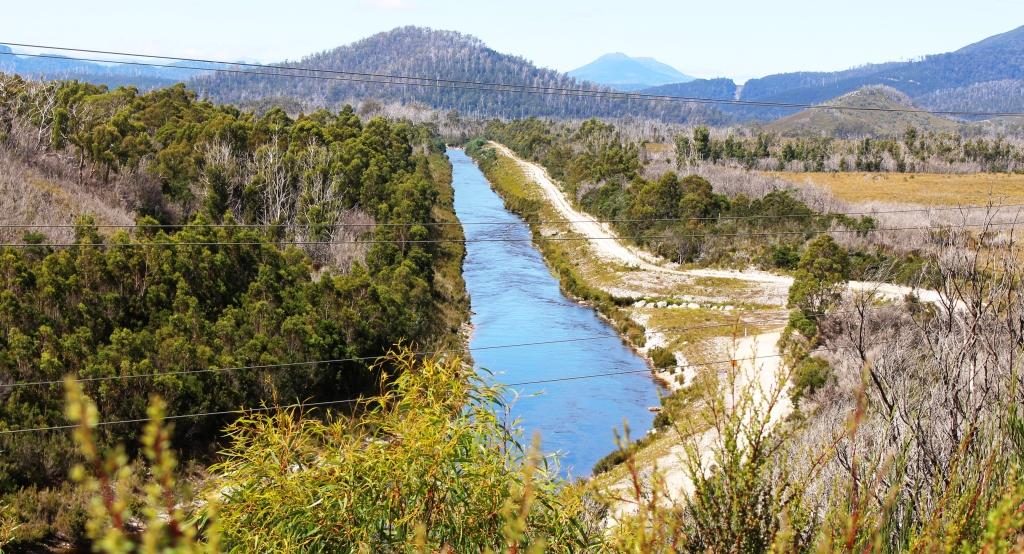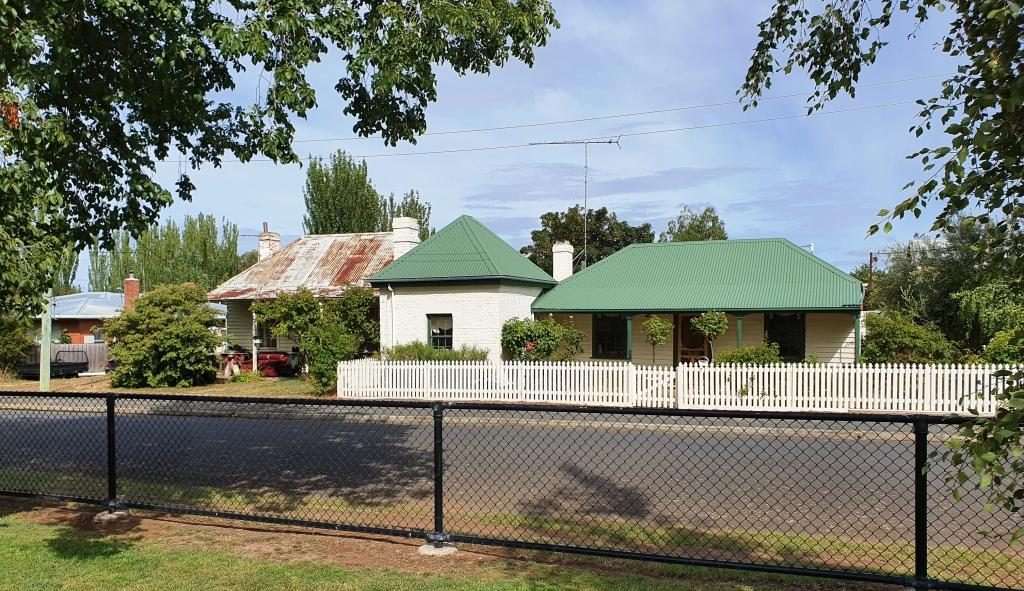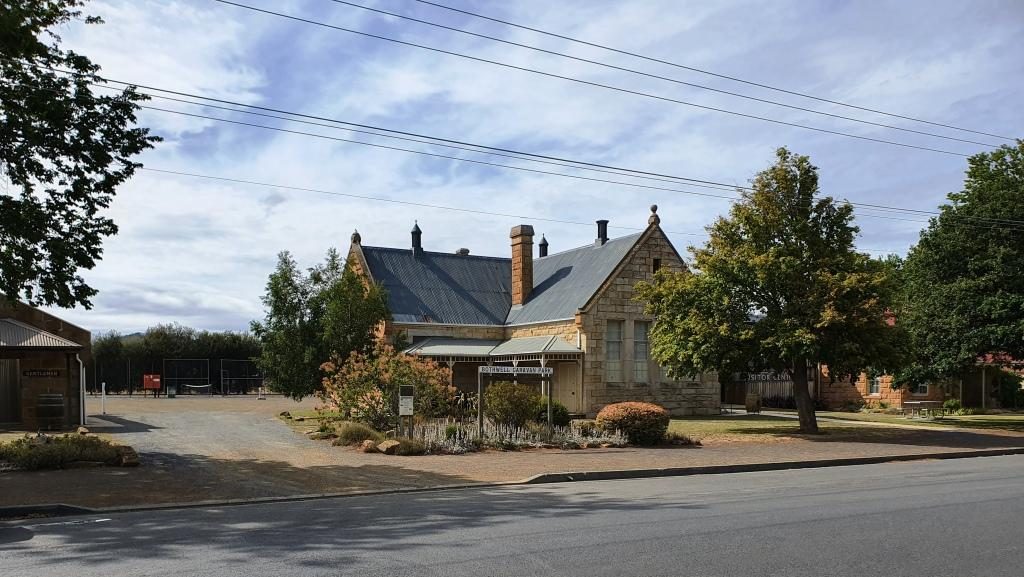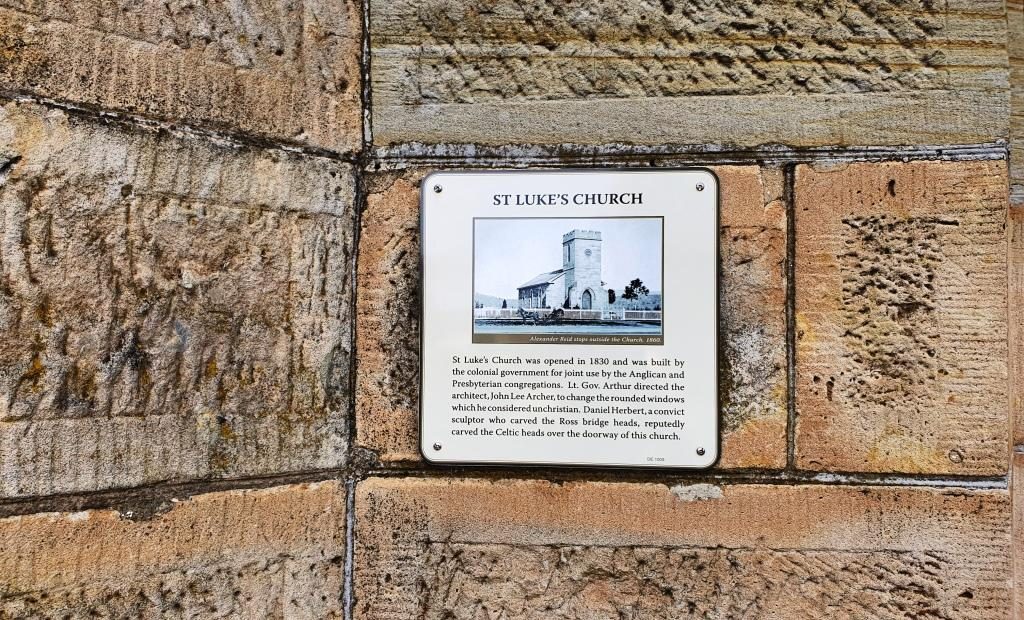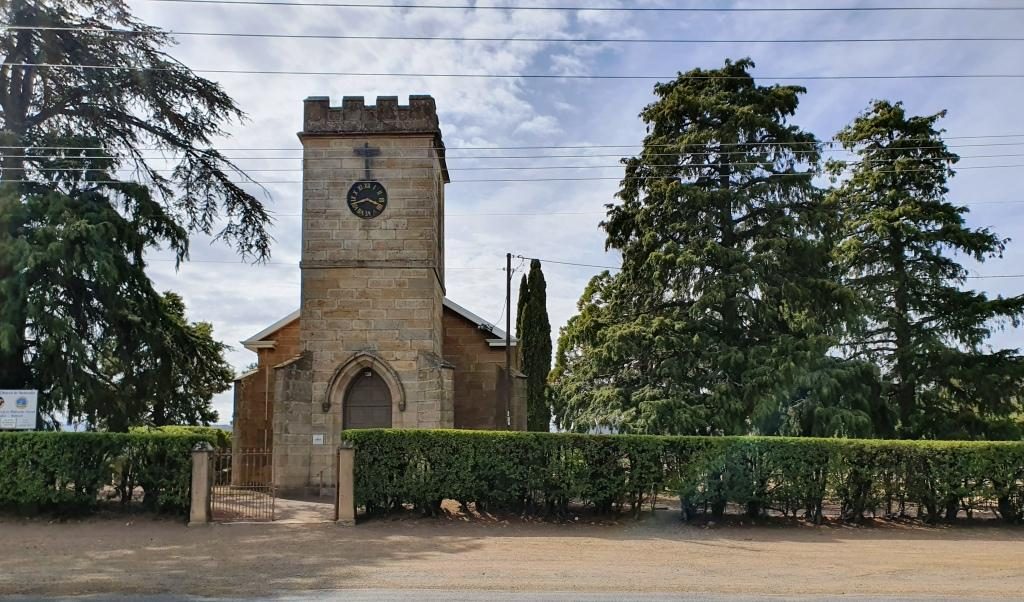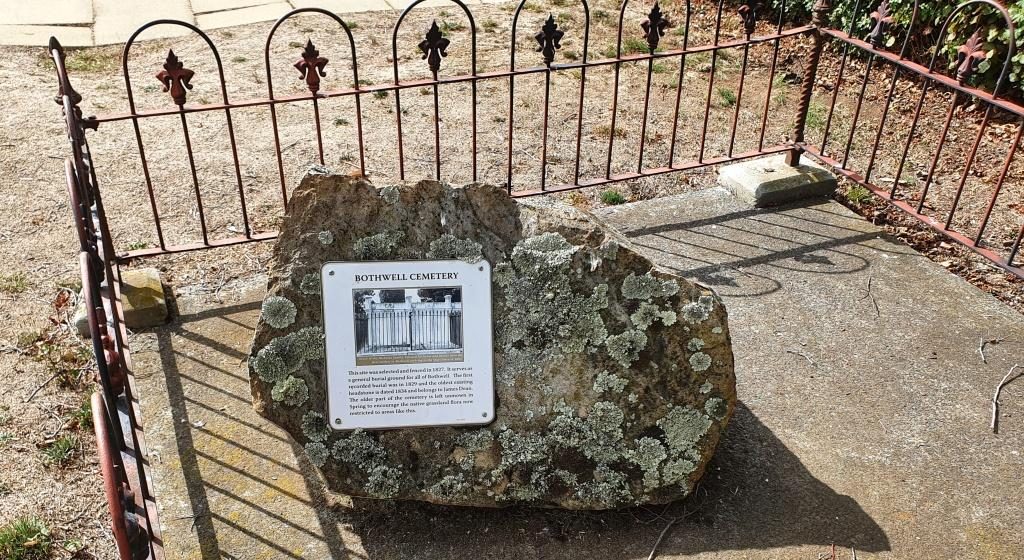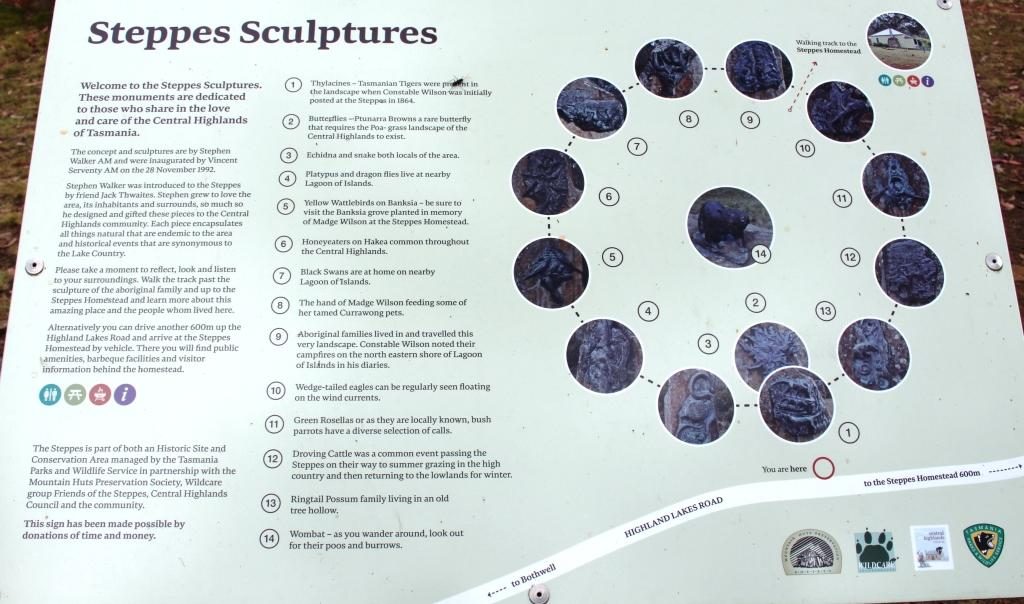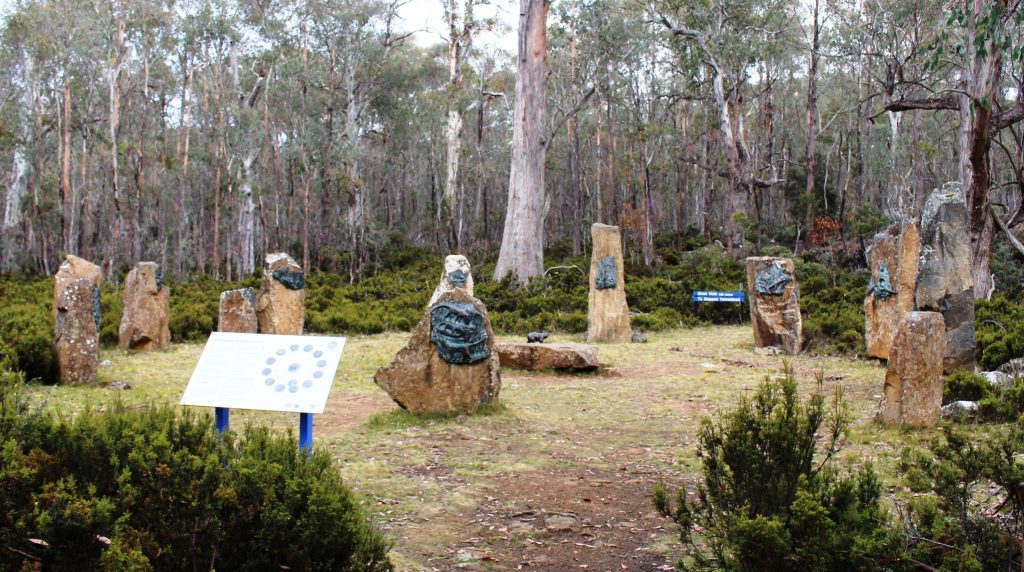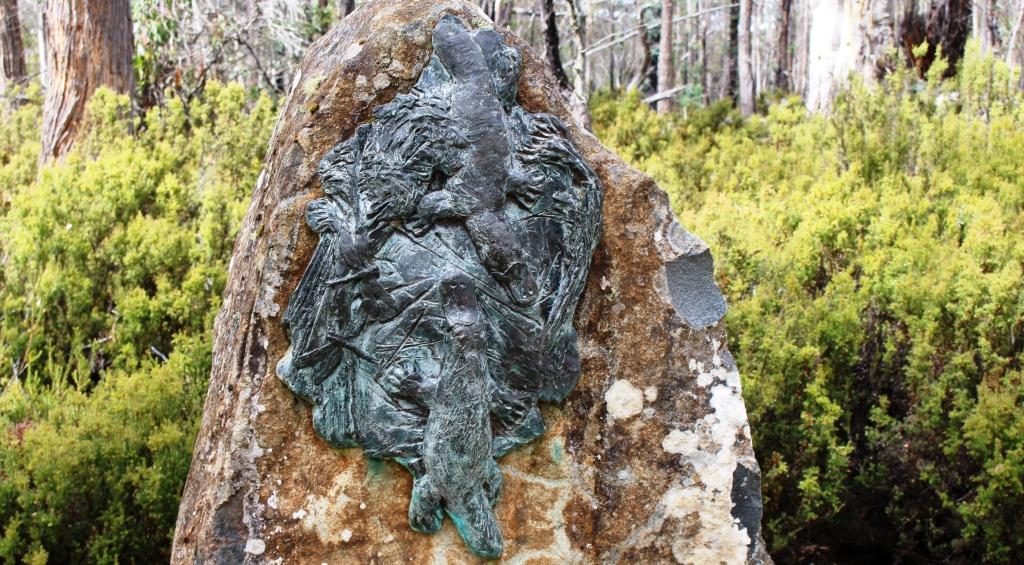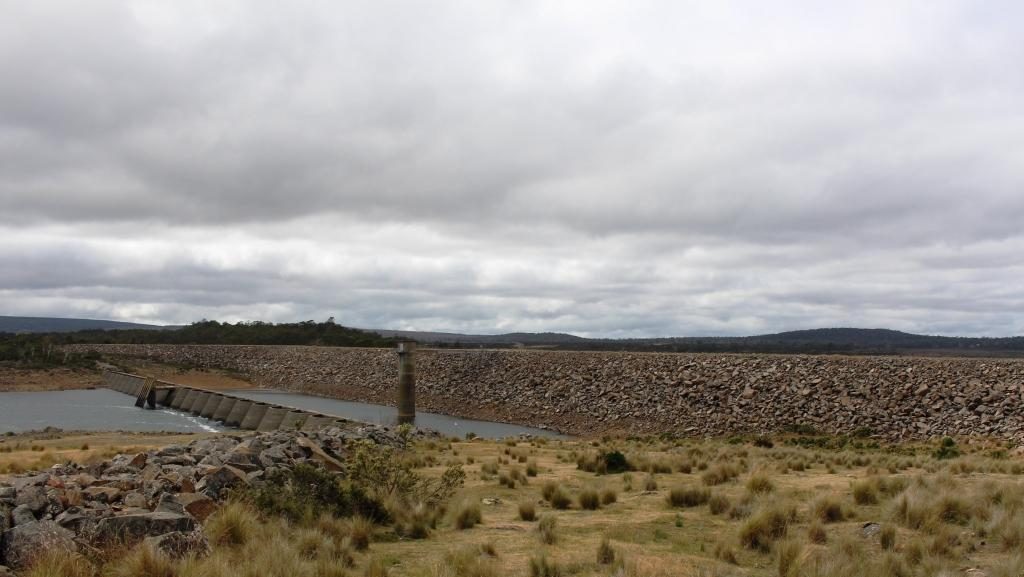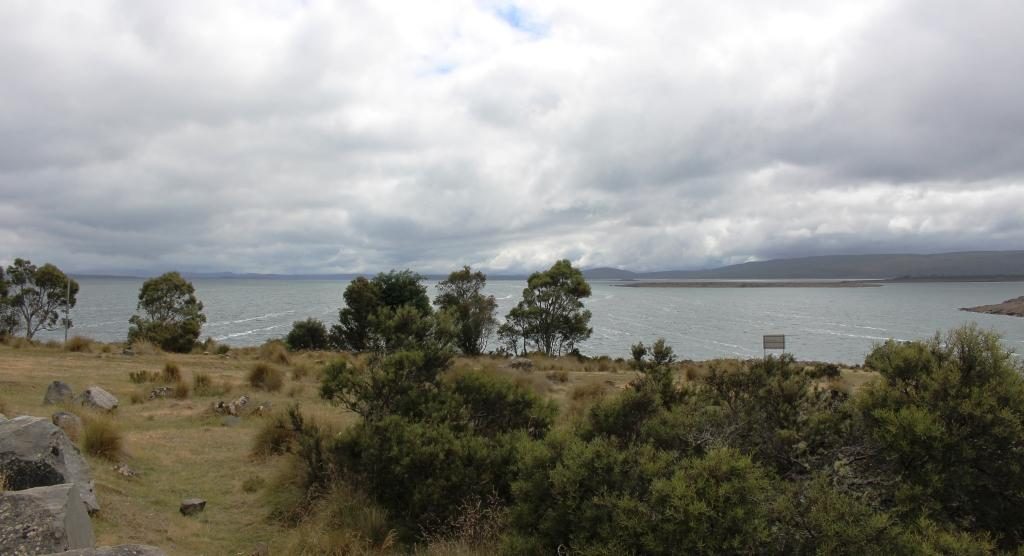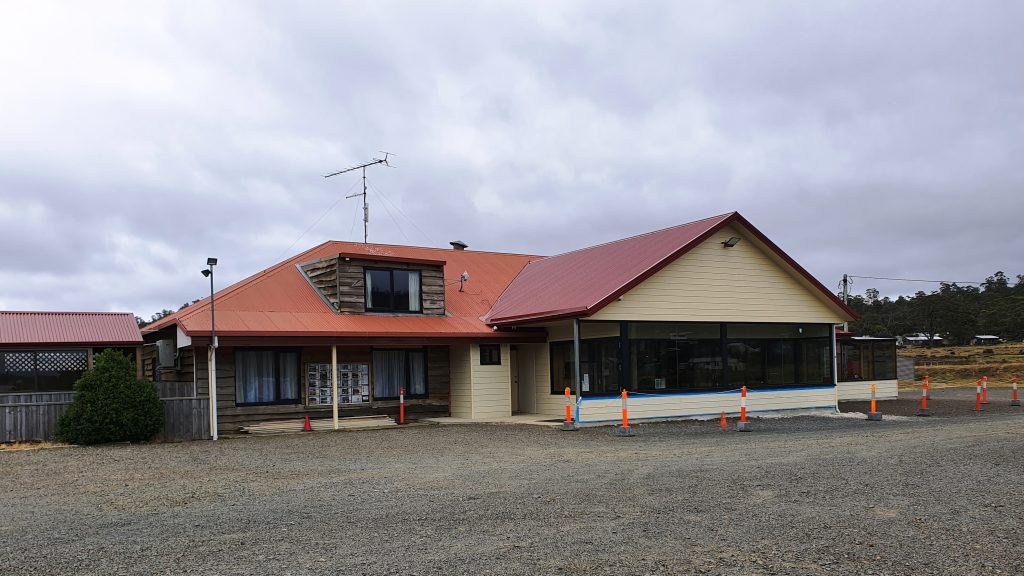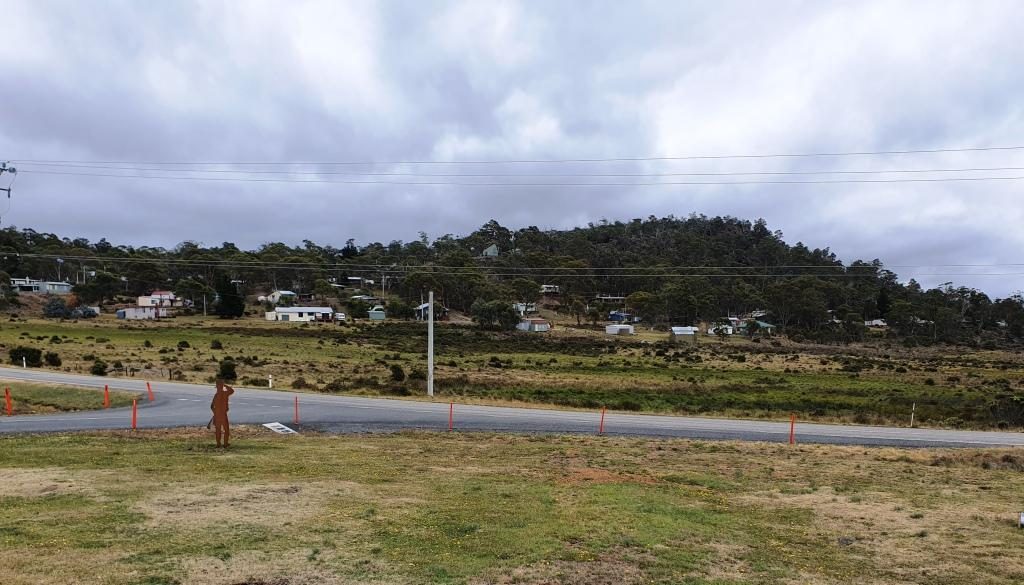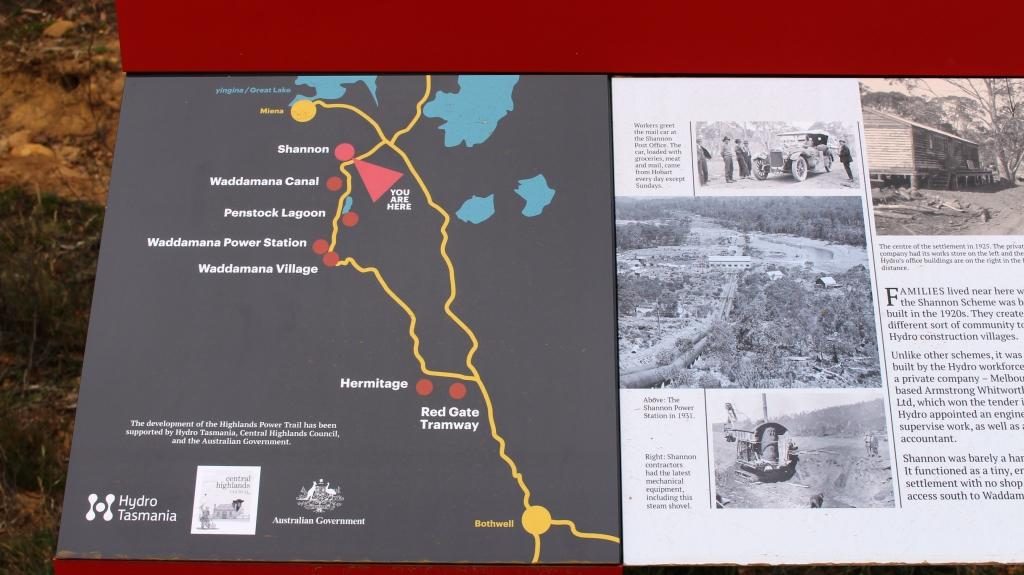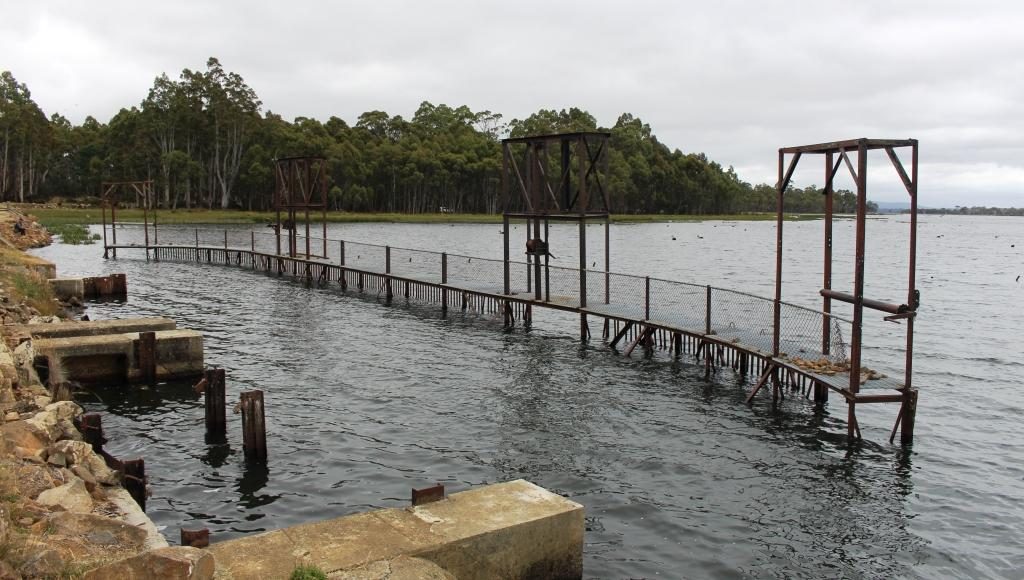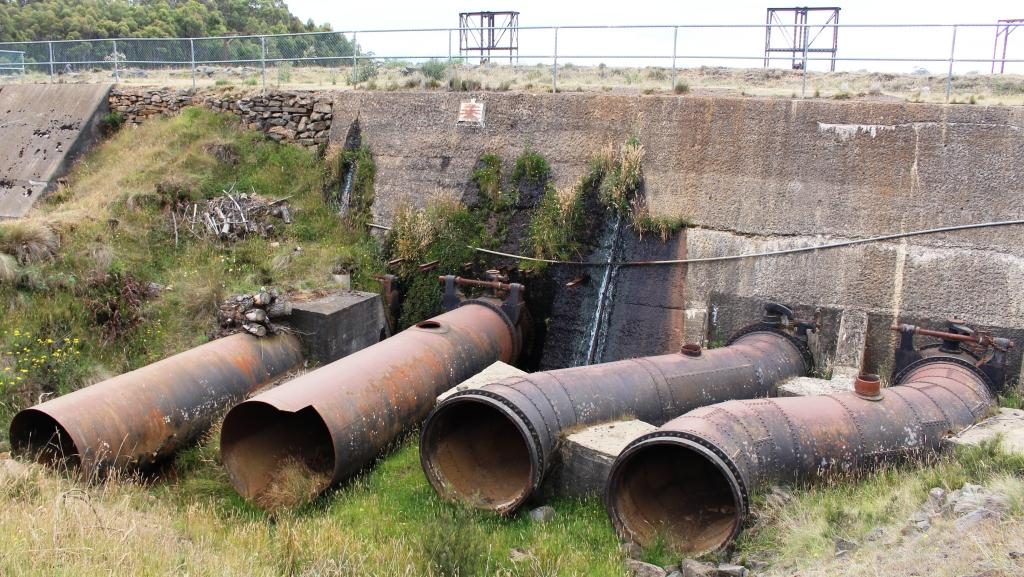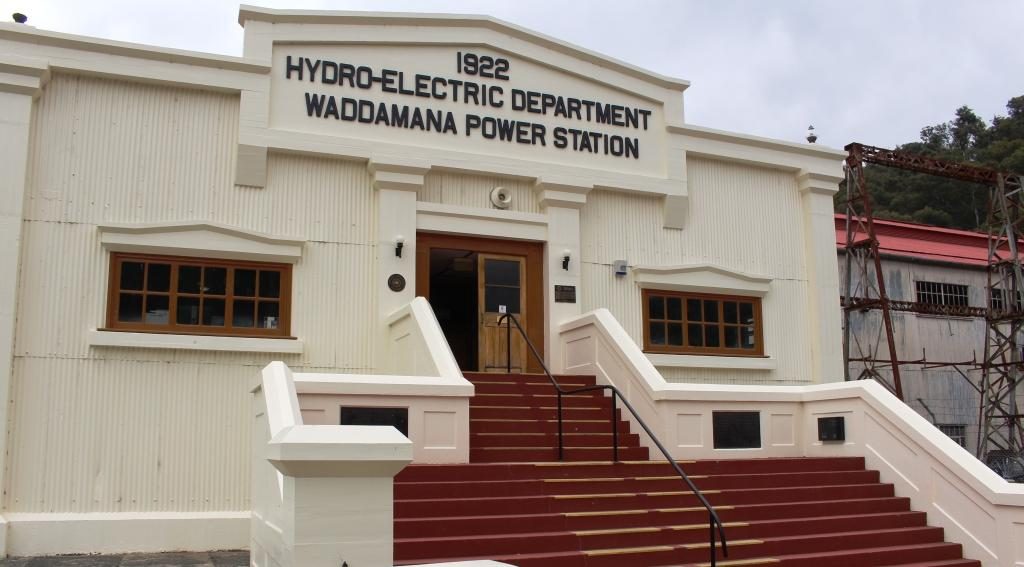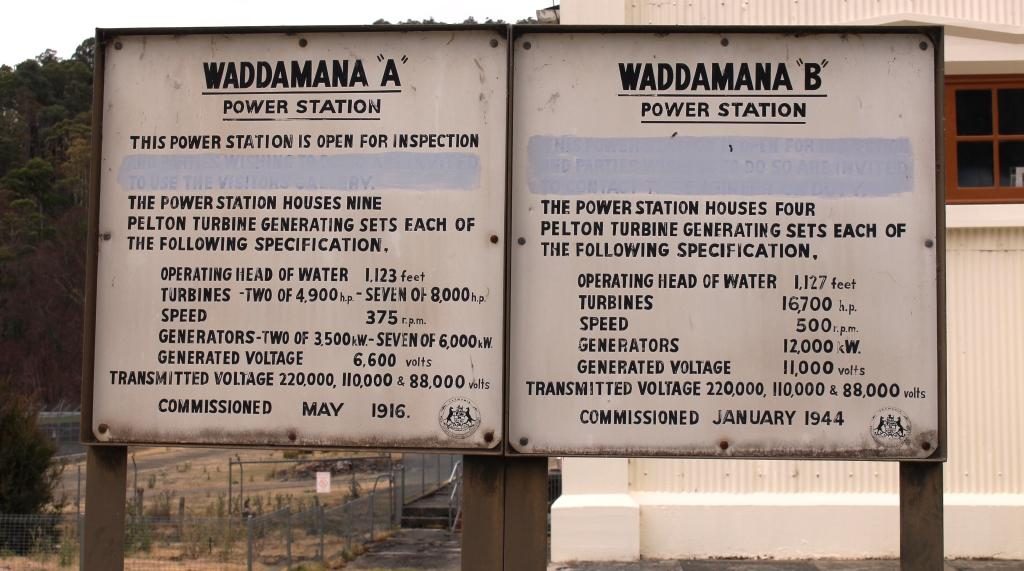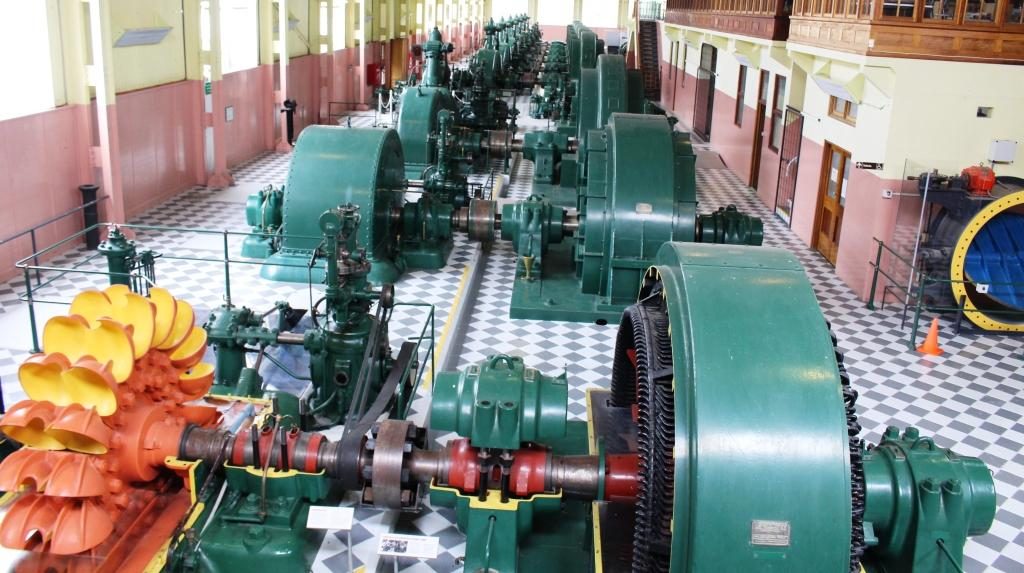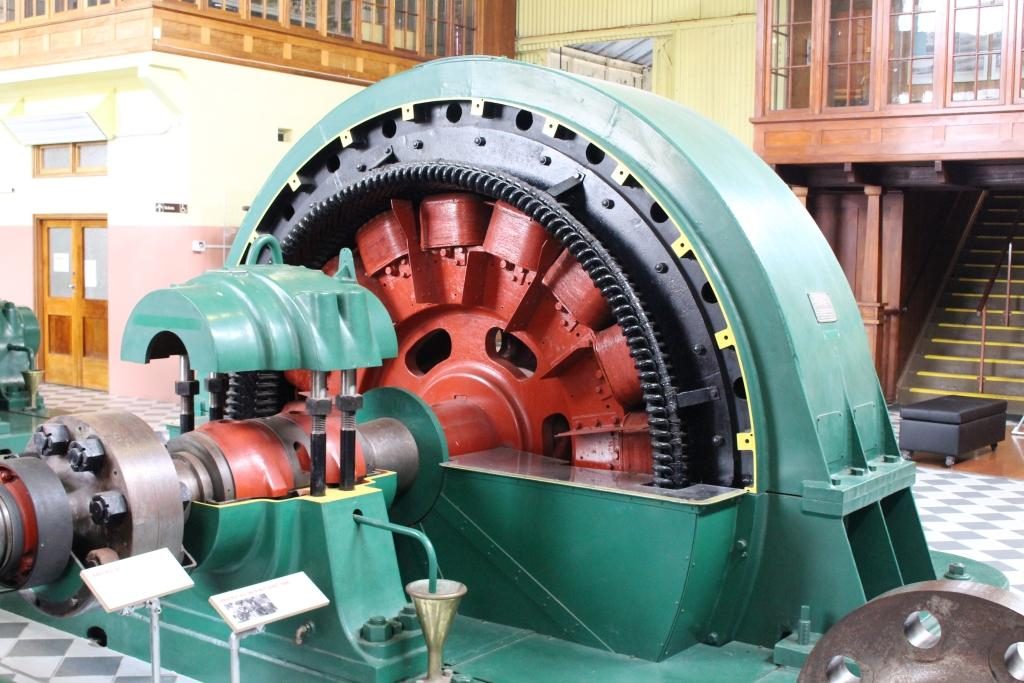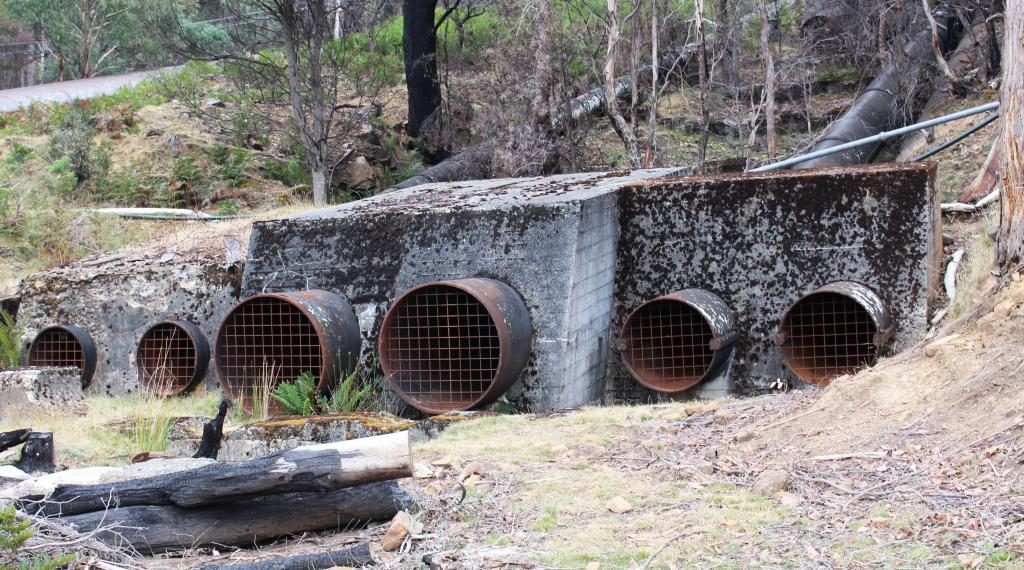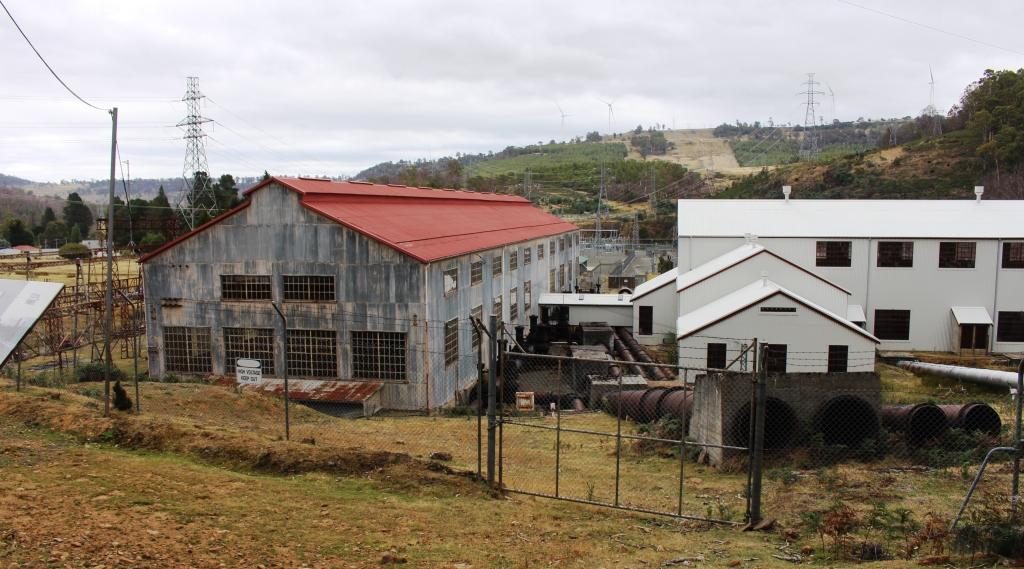15th to 18th February 2020
Please Note: Videos covering the material in this blog post can be found at the bottom of the post.
Saturday morning and we awoke to pools of water on the balcony and driveway. The first real rain since we had arrived in Tasmania had fallen over night. Patchy cloud in the morning cleared to a sunny day with a cold south easterly breeze.
We left New Norfolk, heading for Hobart, but we needed to fill in time to check in. So we drove down river, crossed to the east side and made our way to the Tasman Highway that passes the airport and ultimately leads to Port Arthur and the East Coast. We wanted to see what the suburbs over the river from Hobart were like and to view the city from the eastern shore.
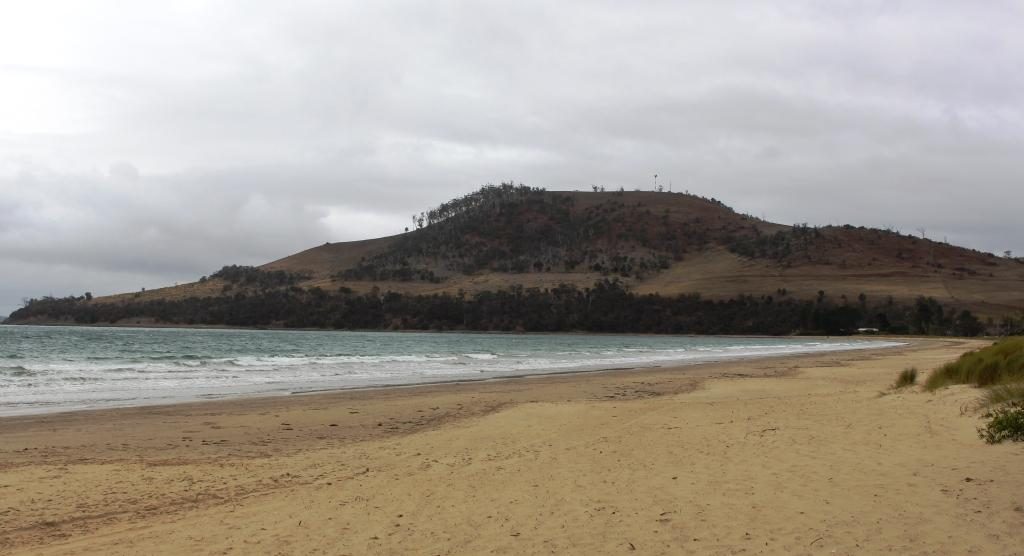
We made a quick call into Seven Mile Beach. Craig and Anne Sheather and the girls spent a few days there as their Hobart base in December. The beach was bleak, as the cloud cover had intensified and the wind was coming in over the bay. We quickly made thermos coffee and returned to the car to drink it.

After retracing our steps back towards Hobart, we turned left and drove down the South Arm Peninsula to the southern end of the bay that is encompassed by the sweep of the peninsula as it turns back to the north. By this time we realised that we were too far south to see Hobart so we turned back north, keeping as close to the western shore of the Derwent as possible.
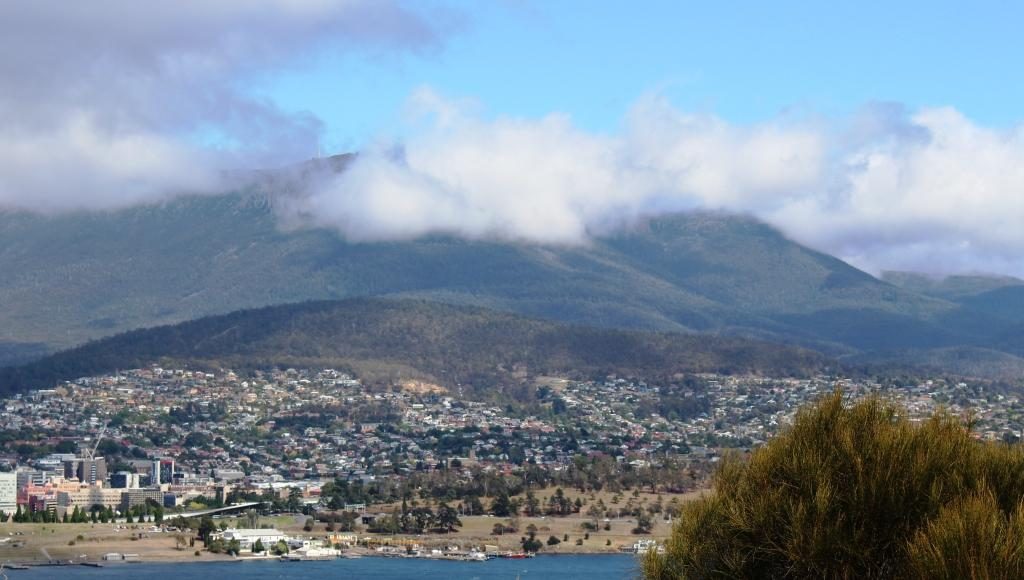
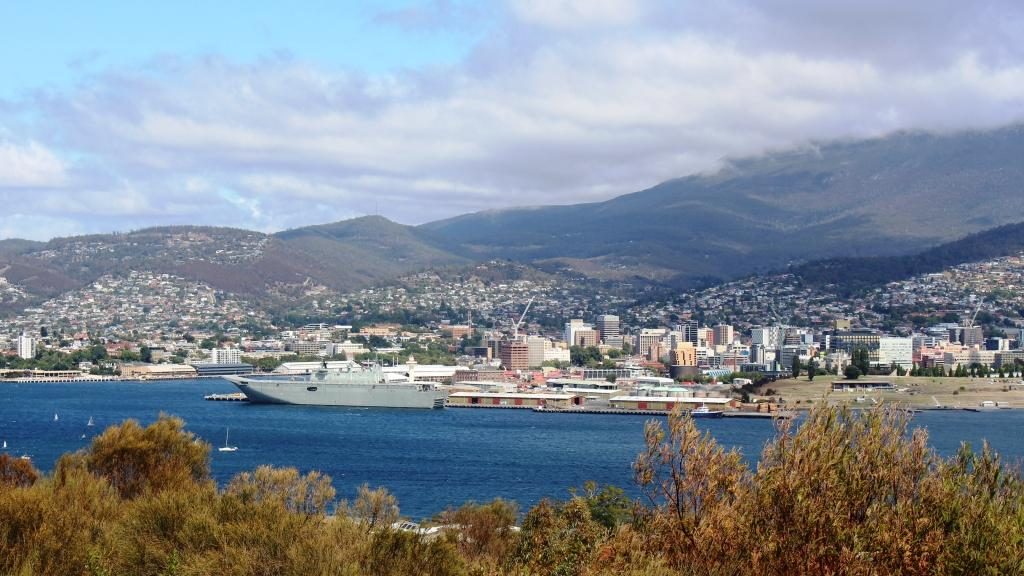
We drove past what used to be the Tasmania cricket ground, now their major sports stadium, and then turned back to the shore at Bellerieve. Then, quite by chance, because we turned left instead or going ahead, we came upon Rosney Hill Lookout near the eastern end of the Tasman Bridge. This elevated lookout gives splendid views of Hobart and it’s immediate suburbs on the west side of the Derwent, as well as of the Tasman Bridge. Mount Wellington provided a backdrop for the city. It’s summit was covered in cloud. Not the day to drive the road to the summit, we decided.
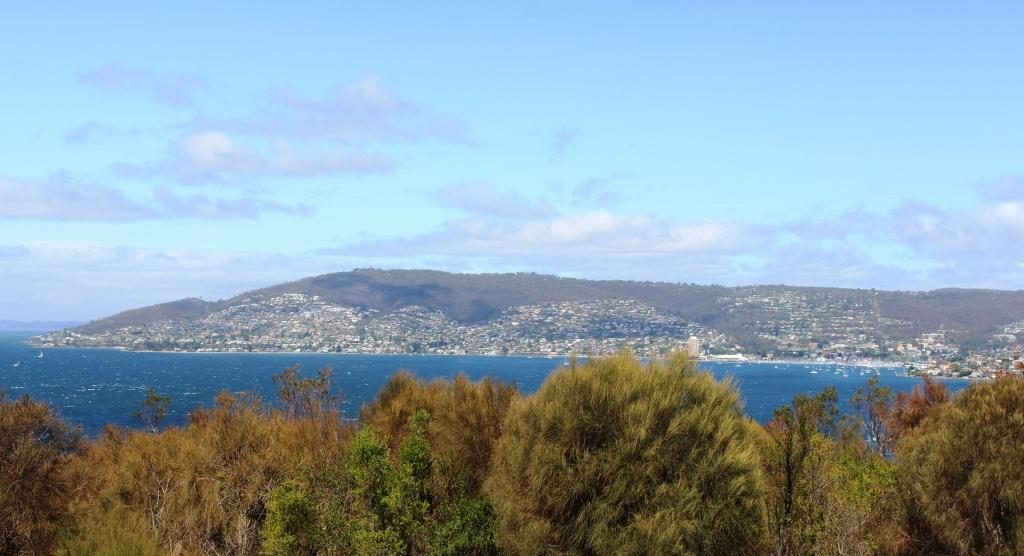
It was now lunch time, so we returned to the Rosney Park Mall in search of food. When we returned to the car Mount Wellington was clear of cloud, so with an hour to go to check in time we decided to drive to Mount Wellington prior to going to Sandy Bay to check in.
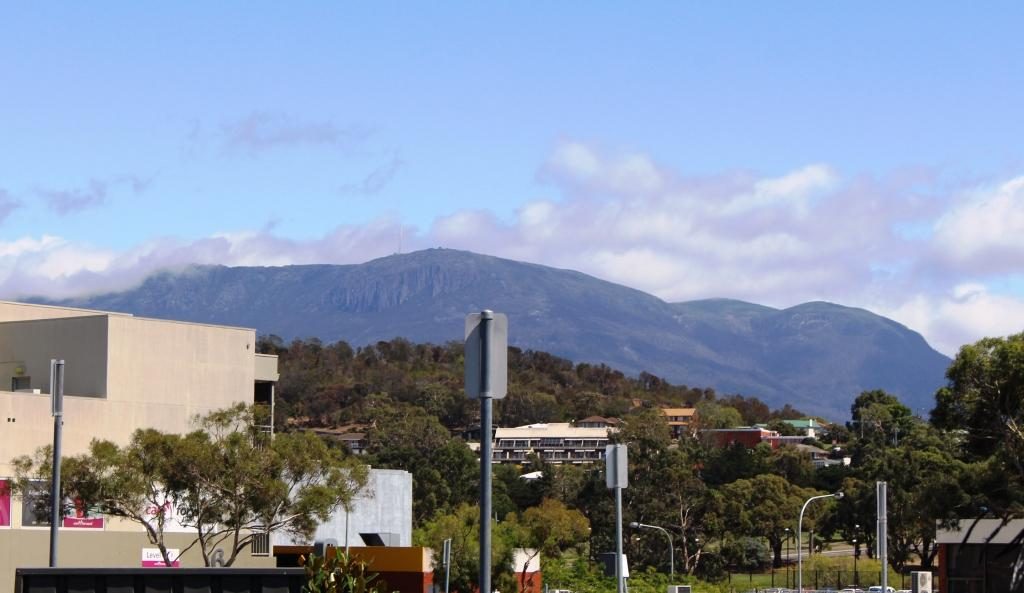
Mountain weather is not to be trusted, particularly as far south as Hobart. As we approached the summit we could see cloud drifting over. By the time that we had parked at the summit only glimpses of the views were to be had through gaps in the cloud. The wind over the summit was strong and cold. Ruth sheltered in the car while I dashed around getting the photos that I could.
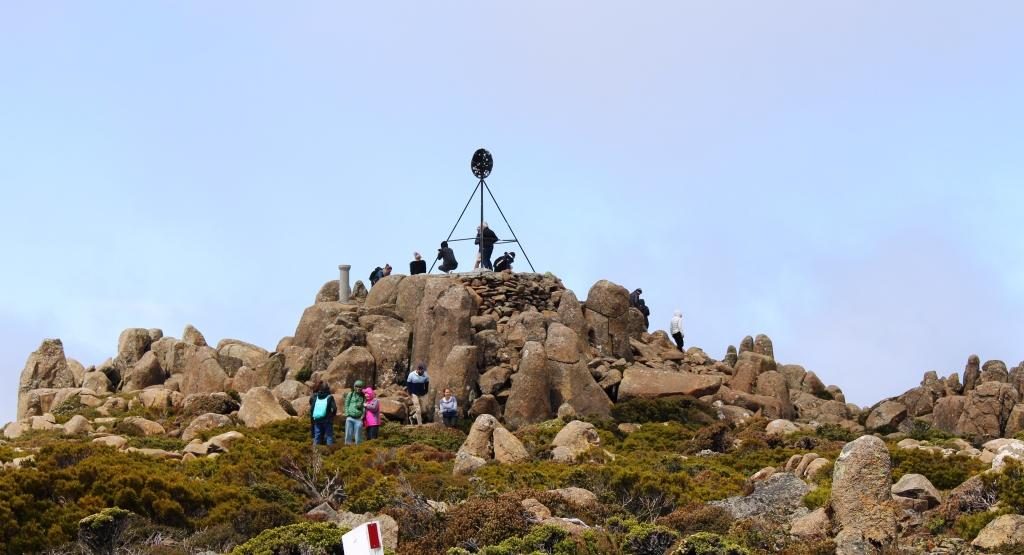
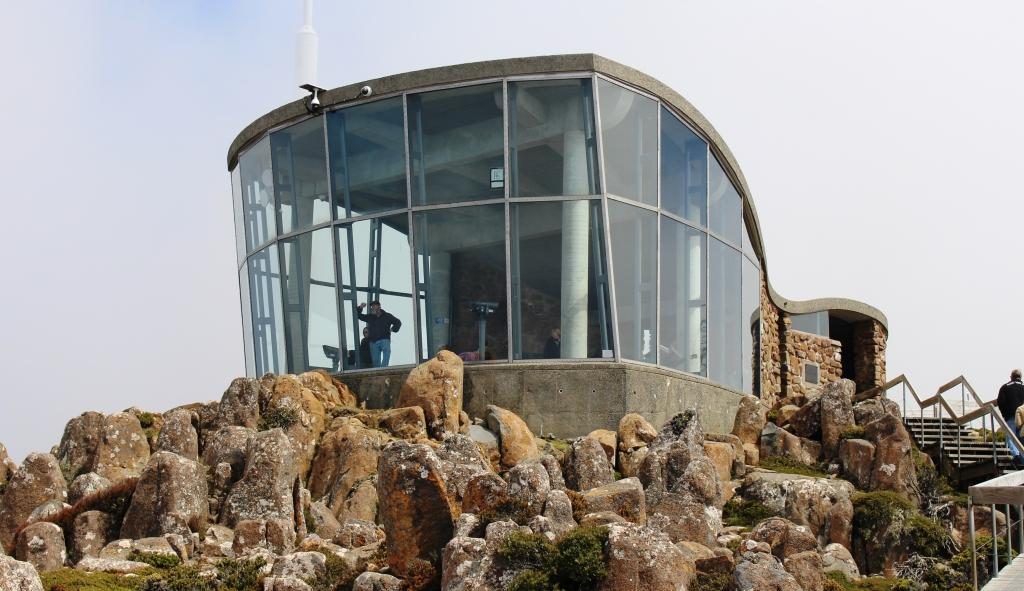
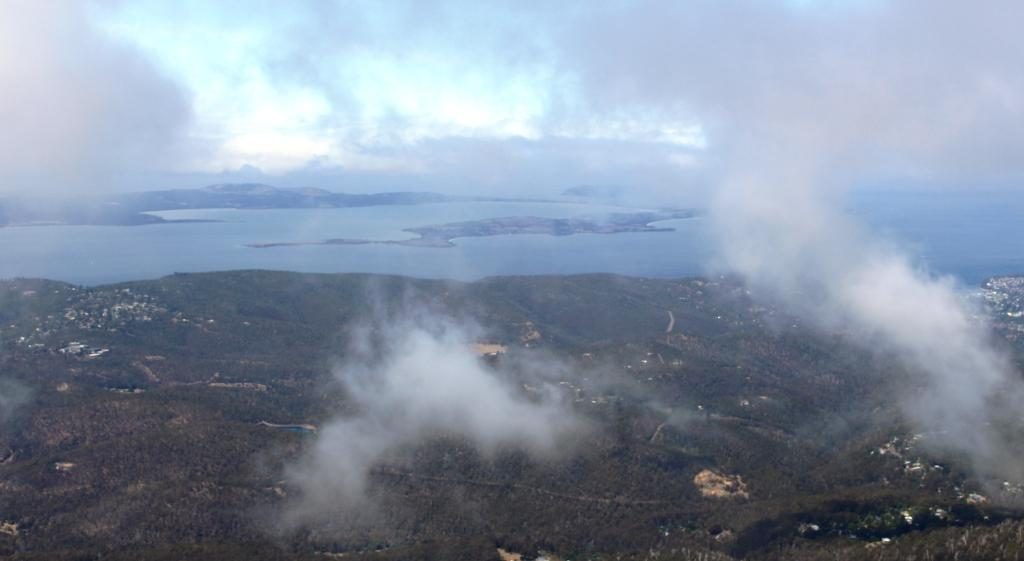
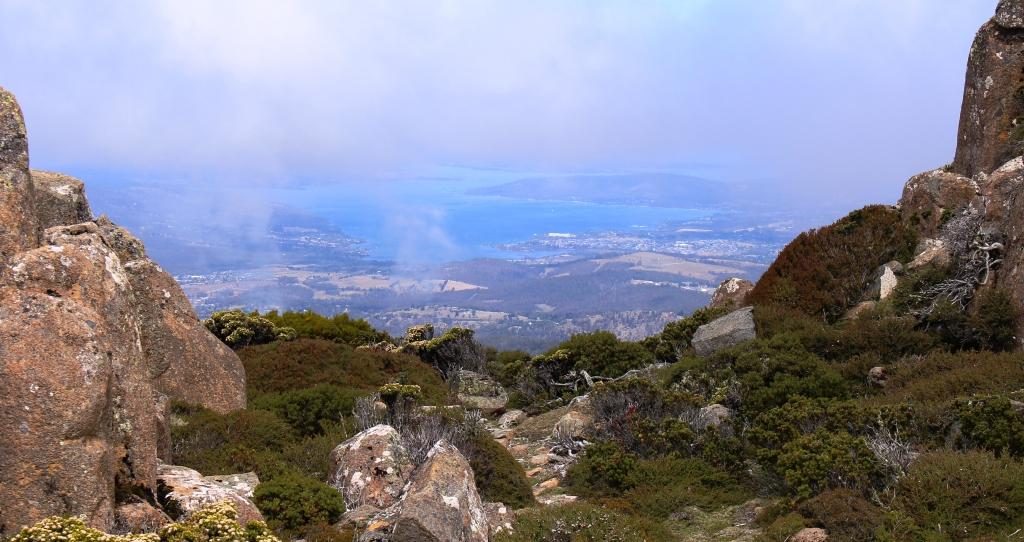
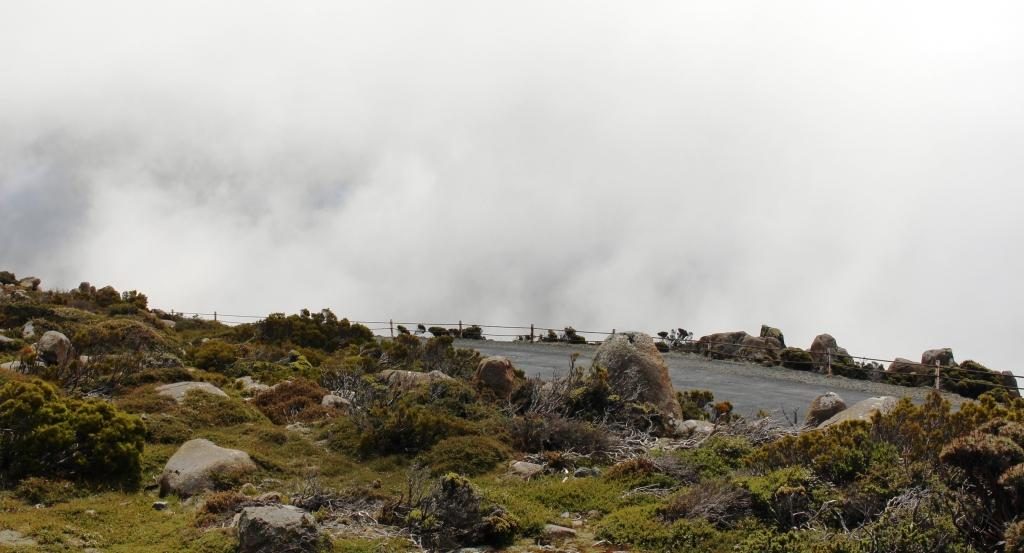
There were better photo opportunities down the mountain, but not with the same panorama as that available from the summit, but with less cloud. We stopped while I took a few more shots.
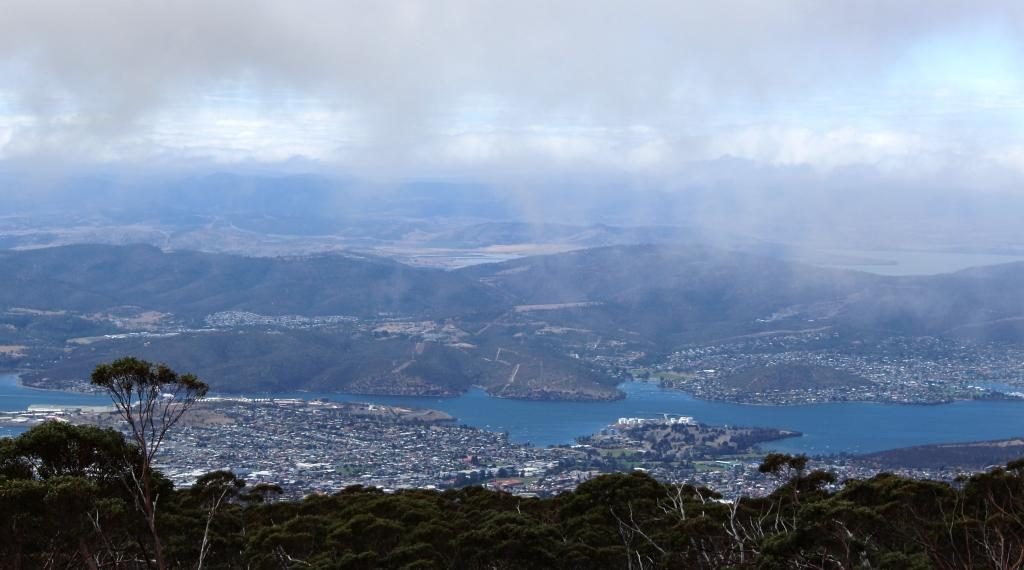
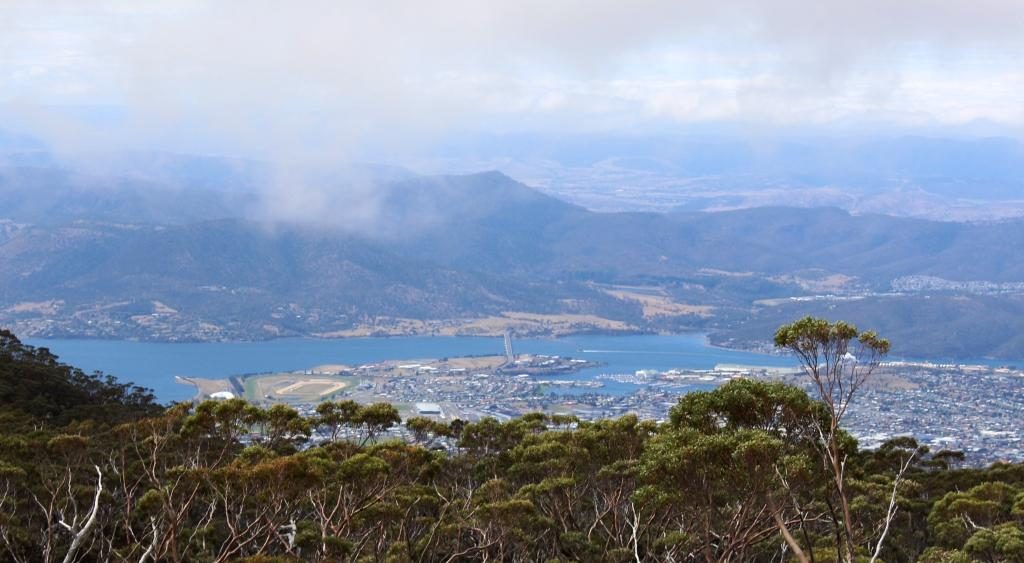
Our Hobart accommodation was the Bay Hotel Apartments at Sandy Bay, just a short drive from the City. The units are old but have been renovated to provide comfortable accommodation. We stayed for four nights, giving us three days in Hobart.
Our first day in Hobart was Sunday. We opted for a restful morning, so stayed in doors. After lunch we set off to check out the city, particularly the waterfront area. We found a parking station in the City. Street parking was near to impossible.
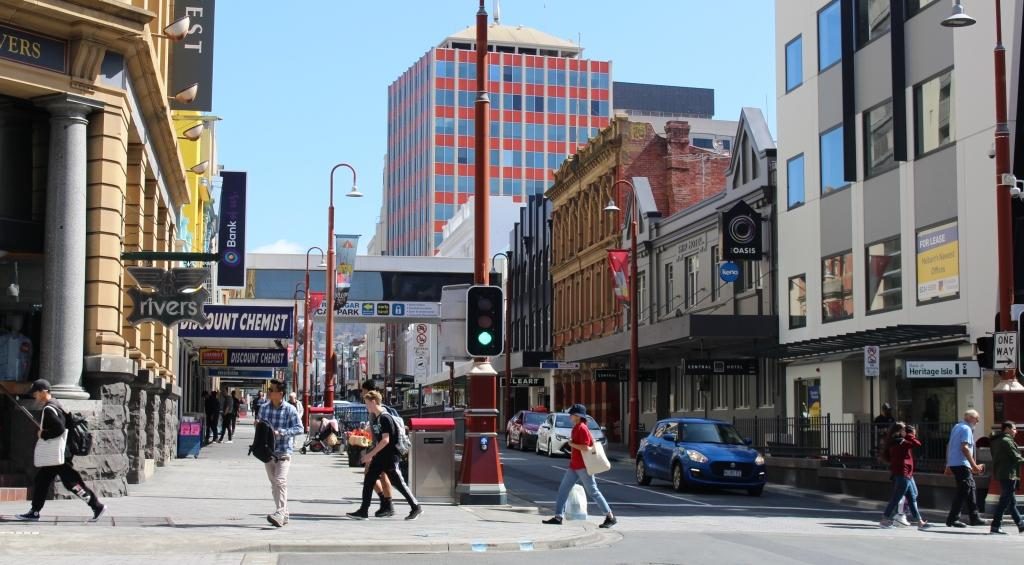
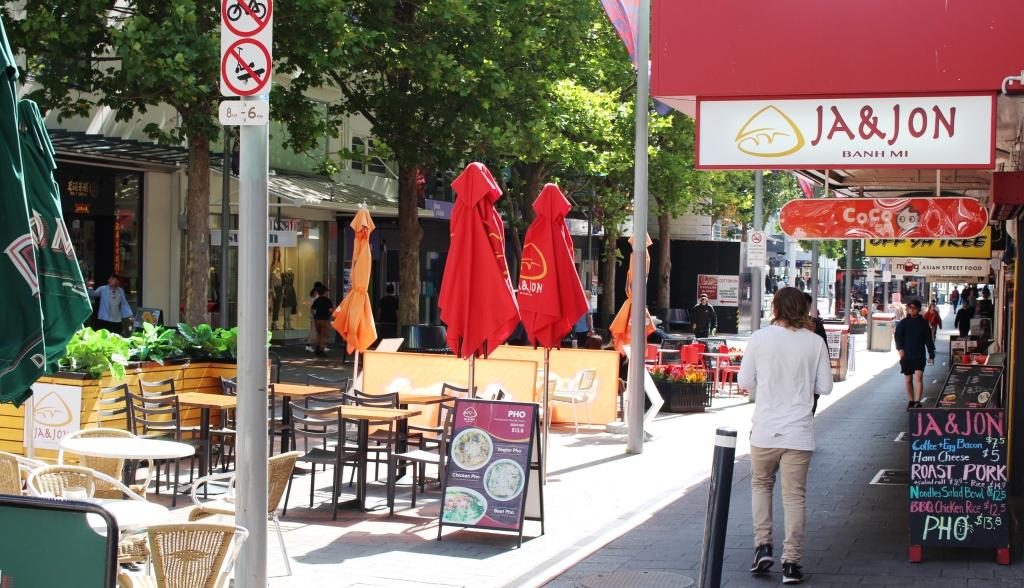
Our first port of call was the Information Centre where we loaded up with brochures. We then went dockside, just a short walk away.
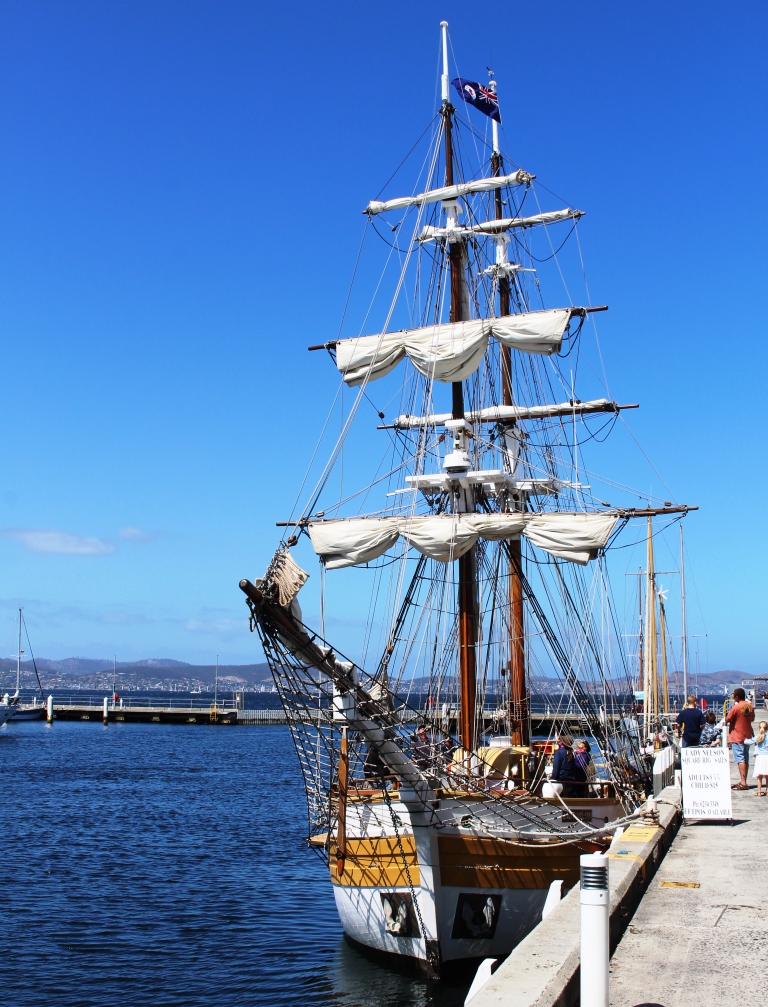

The day was cool but sunny in the afternoon. Despite car parking spaces being full there did not seem to be many people about. The dock area has many eating establishment, plus museums, boat cruises and shopping.
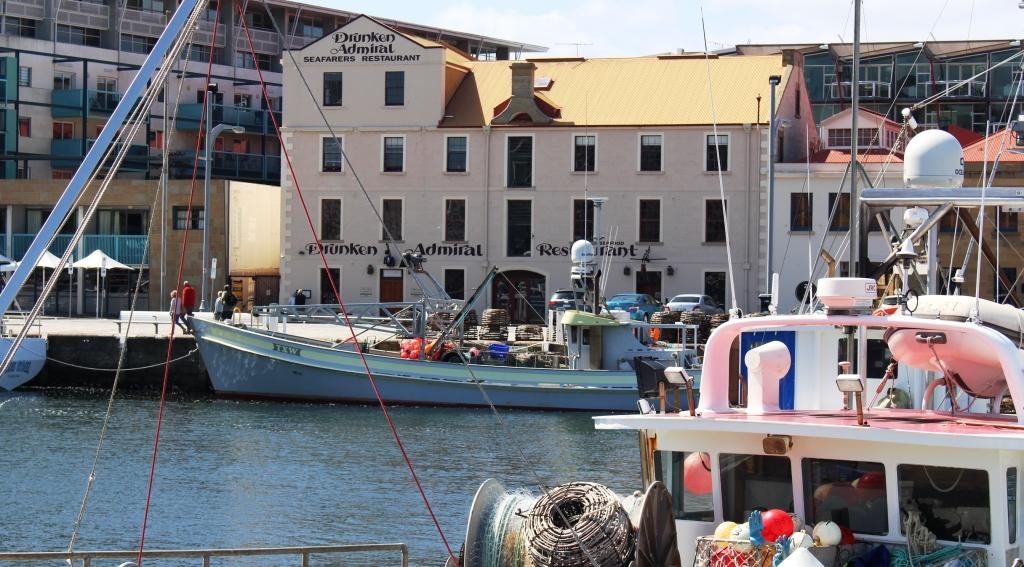
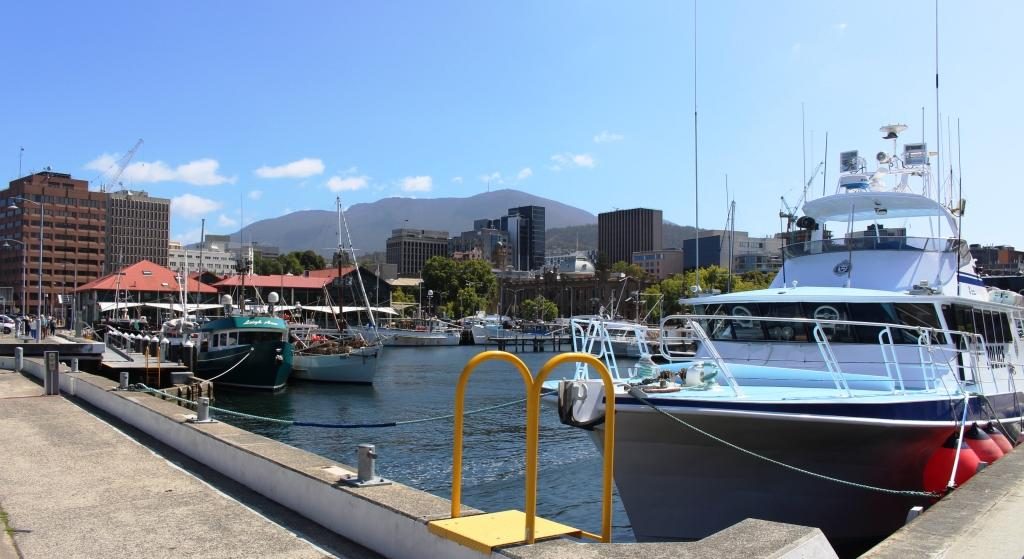
The cruise ship Viking Queen was in port but any resulting increase to the pedestrian traffic was not noticeable. We alternatively wandered and sat, snapping photos all the while.
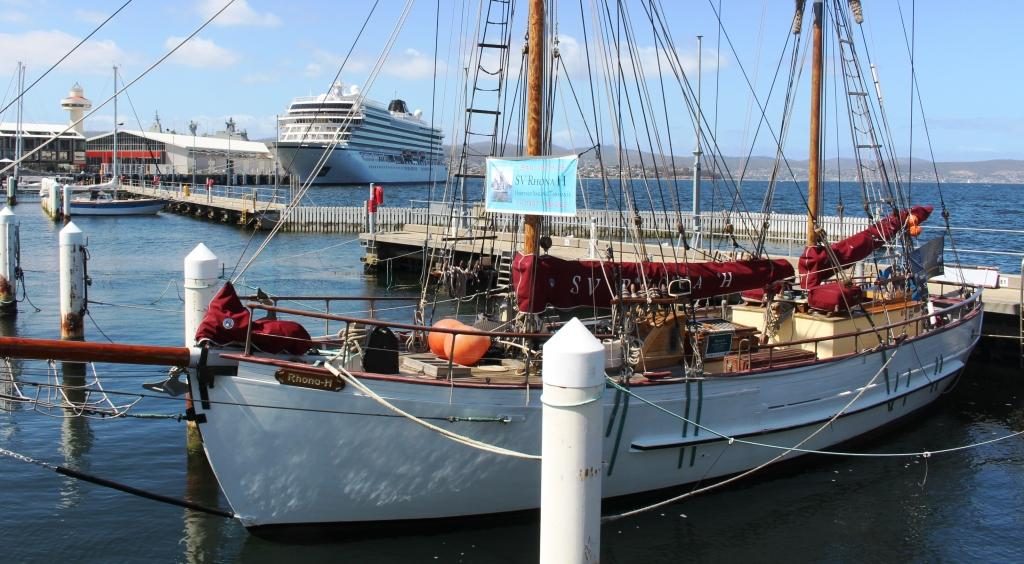
Situated directly behind the Constitution Dock area is a replica of the hut built by Sir Douglas Mawson and his group of polar explorers during the voyage to Antarctica during the period 1911 to 1914. We didn’t tour it, but it is an exact replica and houses a display of artifacks relating to Antarctica and the expedition. Hobart is the port from which services to Australia’s Antarctic bases are provided.
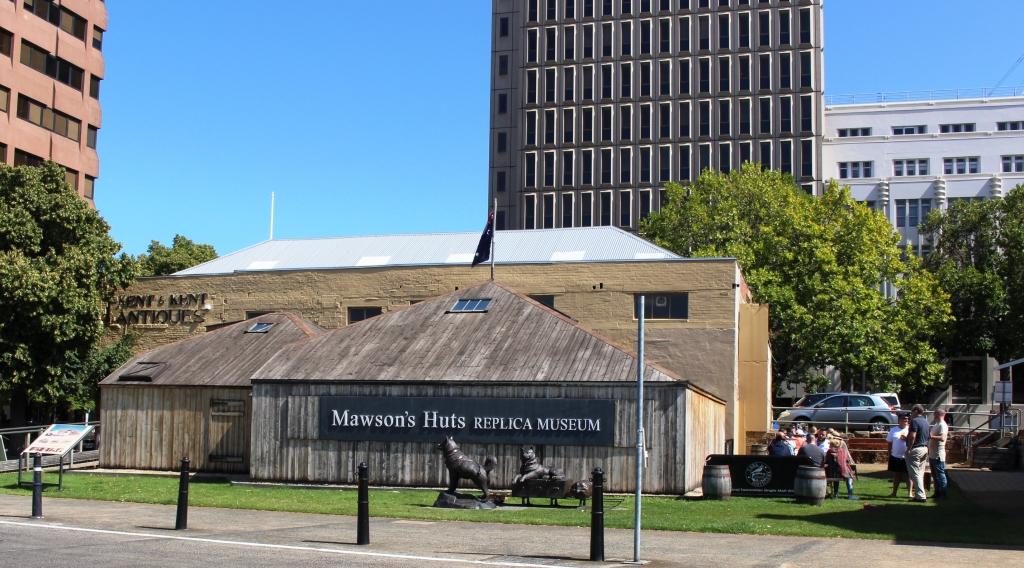
Ruth’s sister Judy had suggested we visit the old signal station on Mount Nelson, so we decided to go home that way. The observation point provides excellent views of the maritime approaches to Hobart. Judy also mentioned Devonshire teas at the cafe at the the car park. We can recommend them as well. There are excellent views from the observation area and the cafe.
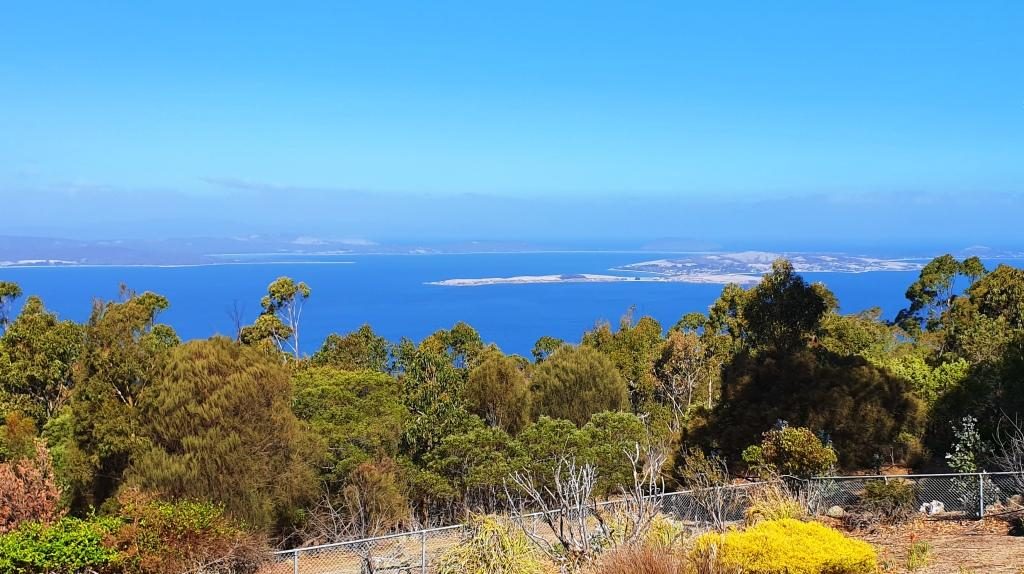
We then dropped down to the coast road at Wrest Point (literally, the road was very steep) and drove down the coast to Taroona. We didn’t realise that we were almost down to the historic shot tower, but a visit to the tower was on the list of things to do coming back through Hobart, after we had been south to the Huon Valley and Bruny Island.
We then returned to the unit for a quiet evening.
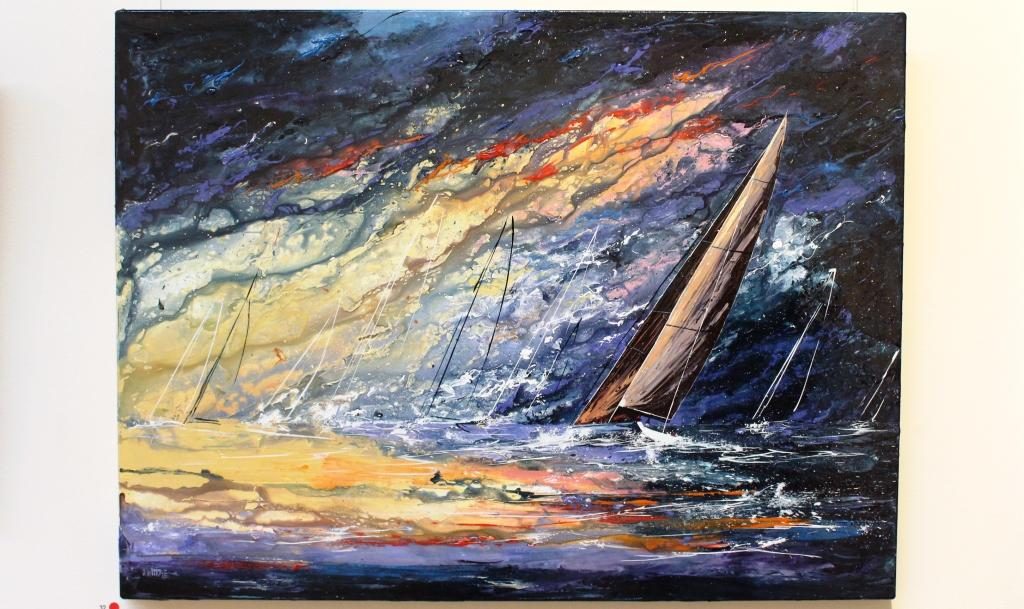
We returned to the city on Monday morning, found a long term parking space and made our way to the Tasmania Maritime Museum. This interesting place is conveniently located over the street from the Information Centre. There is a huge amount of nautical material to absorb, much of it historical. Some was familiar, some new. But it took up the early part of the morning.

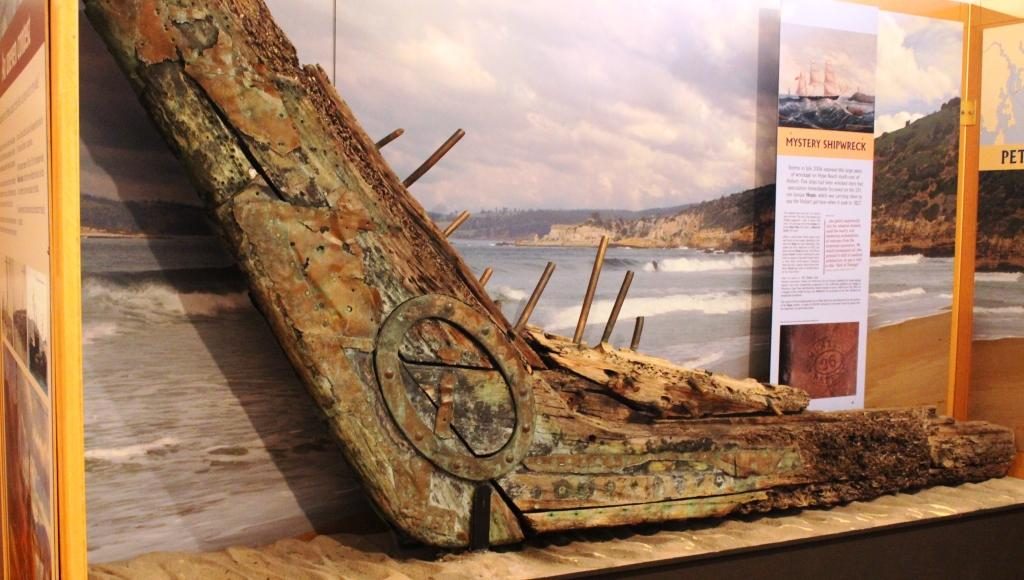
We had a late coffee and a walk before boarding the Spirit of Hobart for a 90 minute luncheon cruise. The route took us over the Derwent estuary area, both upstream and downstream of the harbour, being informed as we dined about a huge range of historical, political and social happenings. Part of the trip crossed the finishing line of the Sydney Hobart Yacht Race, but going the opposite direction to competing yachts. The lunch was excellent. The trip was really good value.

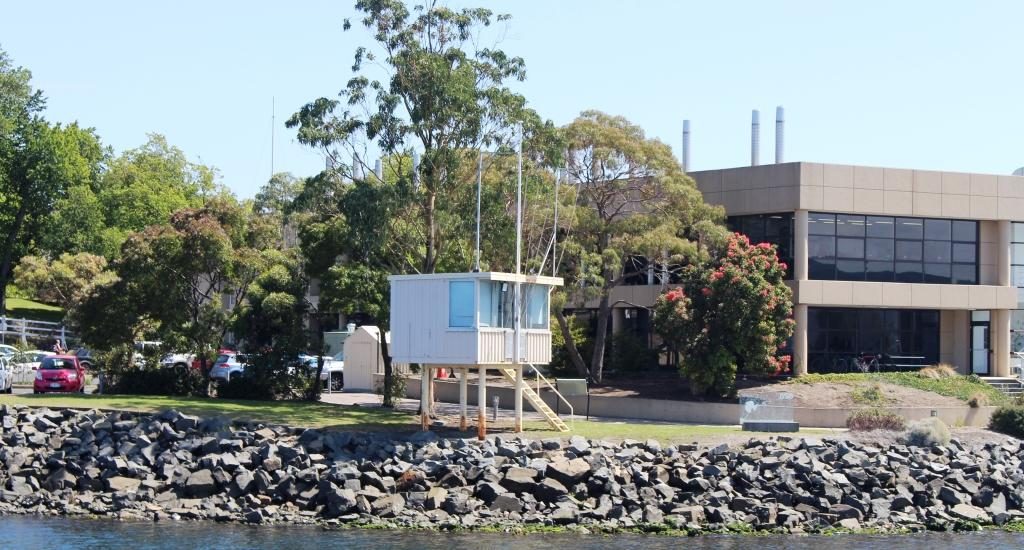
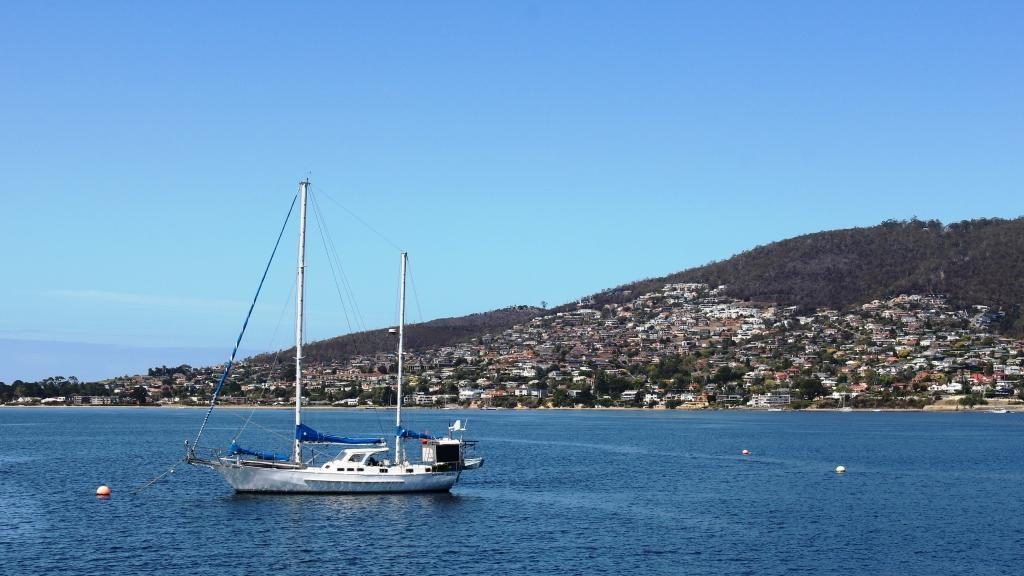
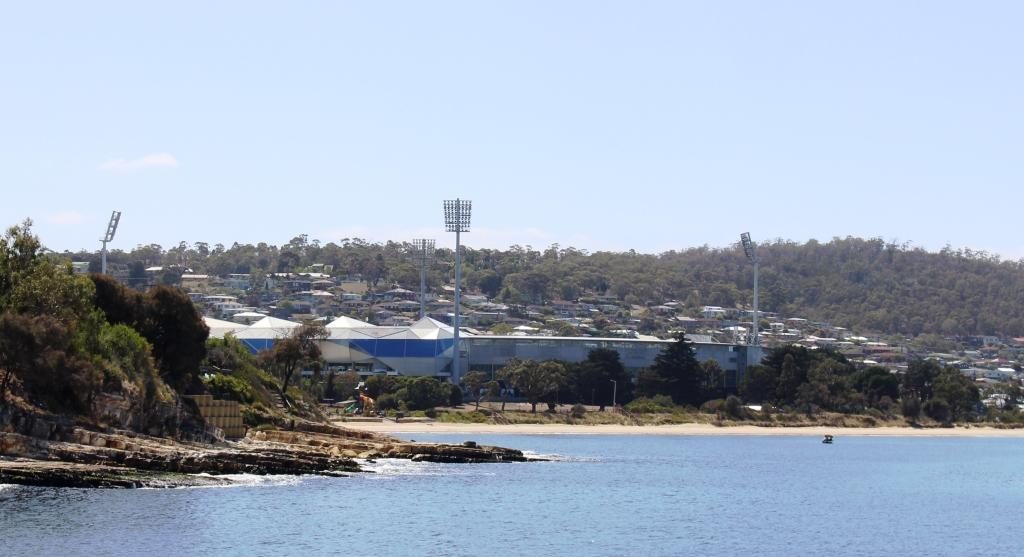
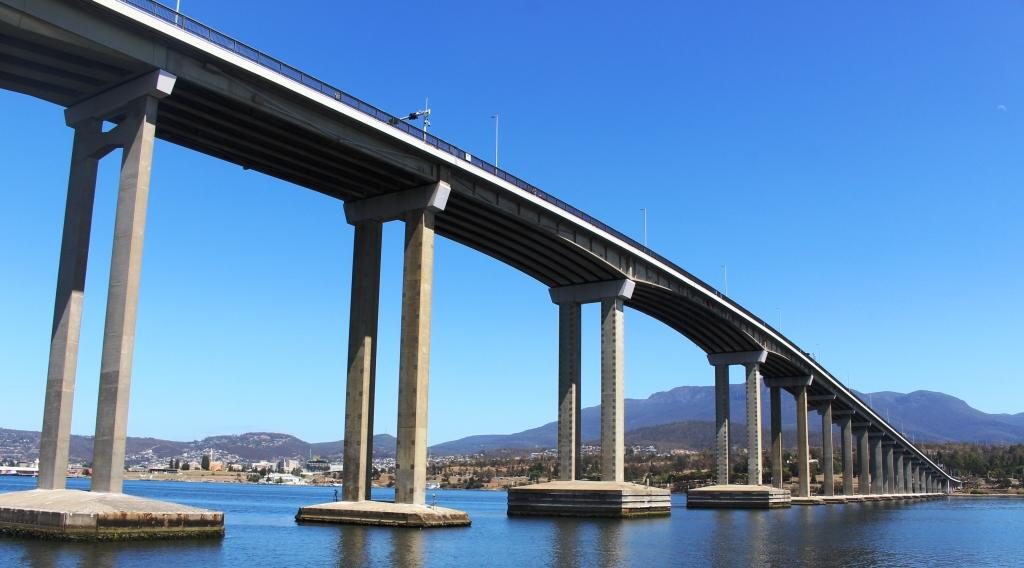
Back on shore, we took the short walk to the Salamanca precinct where old warehouse buildings have been converted to up stairs apartments and to commercial premises down stairs. Many of the businesses are food related. One interesting place is a laundry cafe. Lunch or snacks while the washing machine and the dryer churn seemed to be popular.
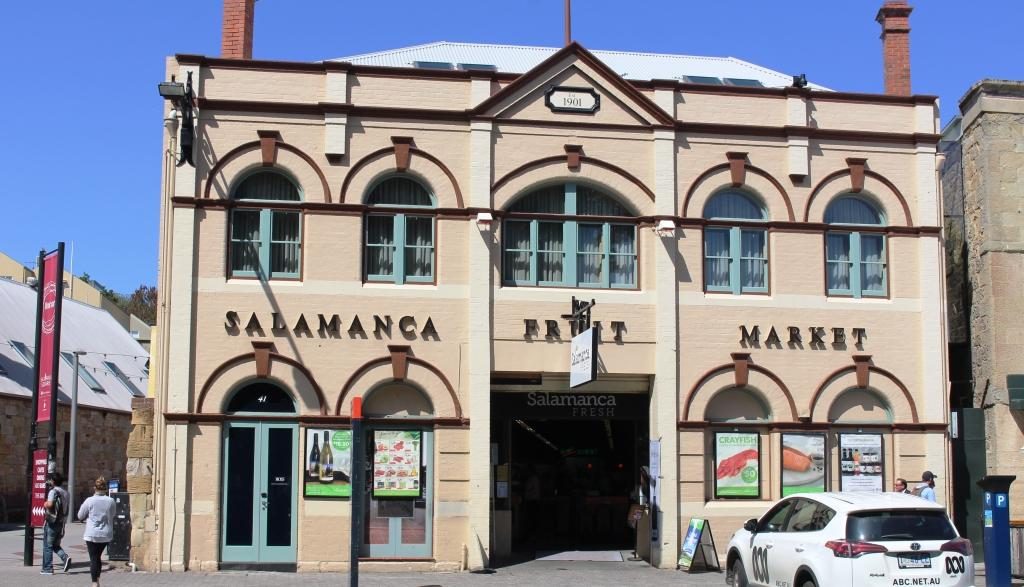
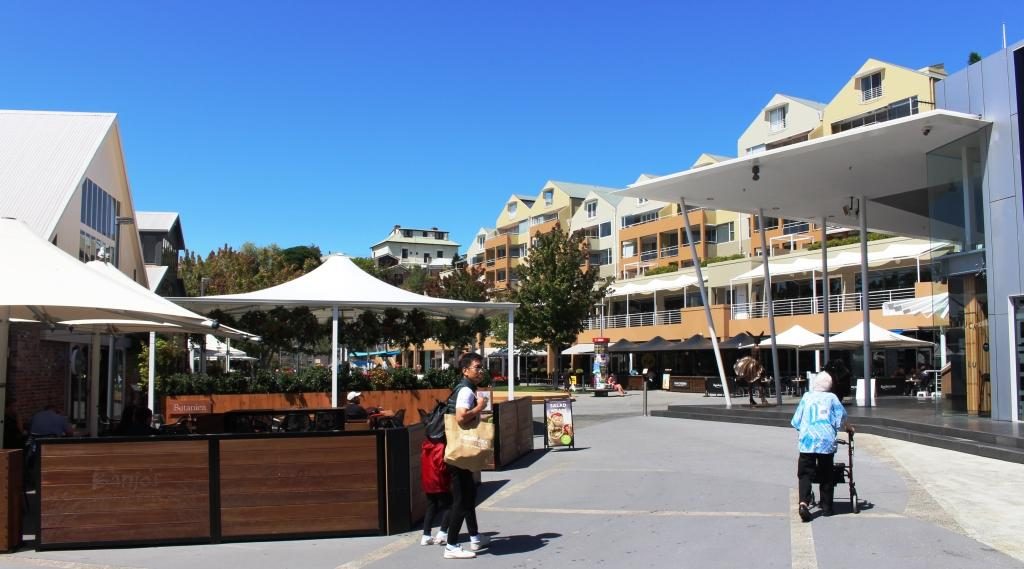
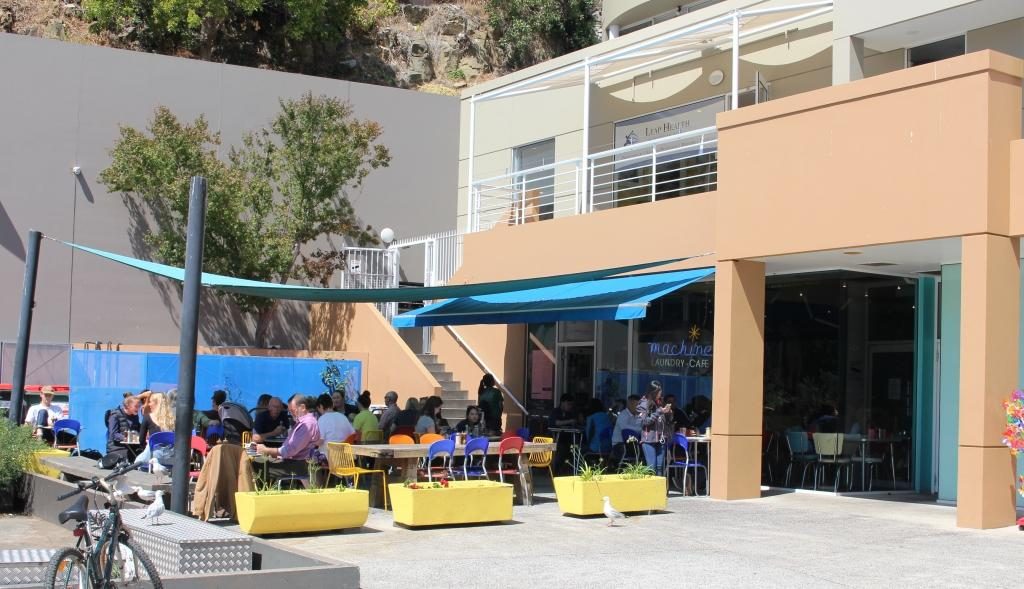
With some time still left to the afternoon, we drove out to the convict women’s prison at Cascade. Traffic was thick on near city streets because of an accident, so by the time we arrived there was only 20 minutes till closing time. The place is heritage listed and looked interesting so we decided to return the next day. About 10,000 female convicts were sent to Hobart.
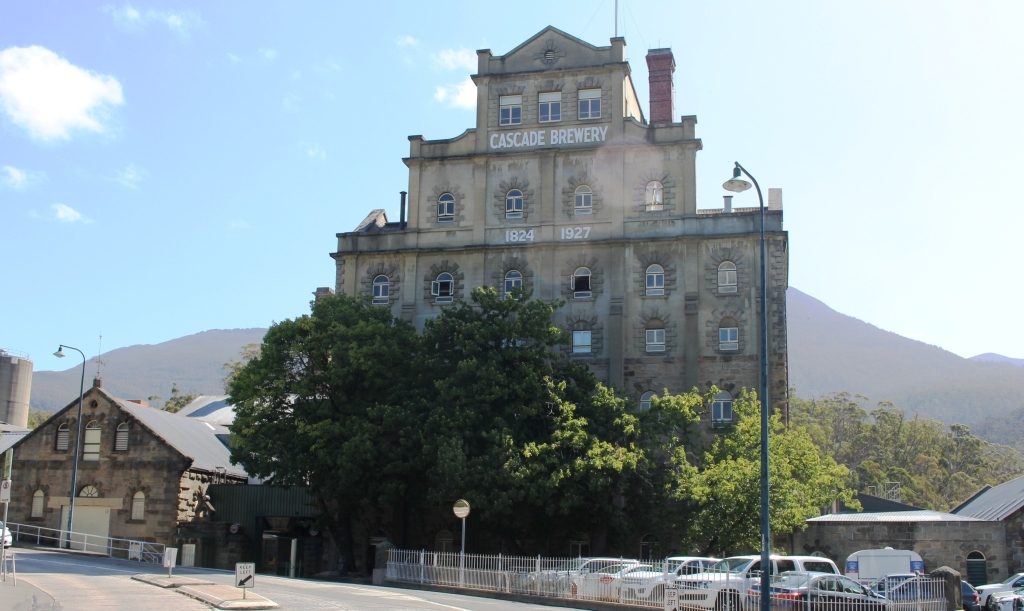
Since we were in Cascade we went another 500 metres or so to take a look at Cascade Brewery. It proved to be a quite substantial establishment. Judging by the size of a tour group that we saw the tours are popular. No doubt a sample of the product is included.
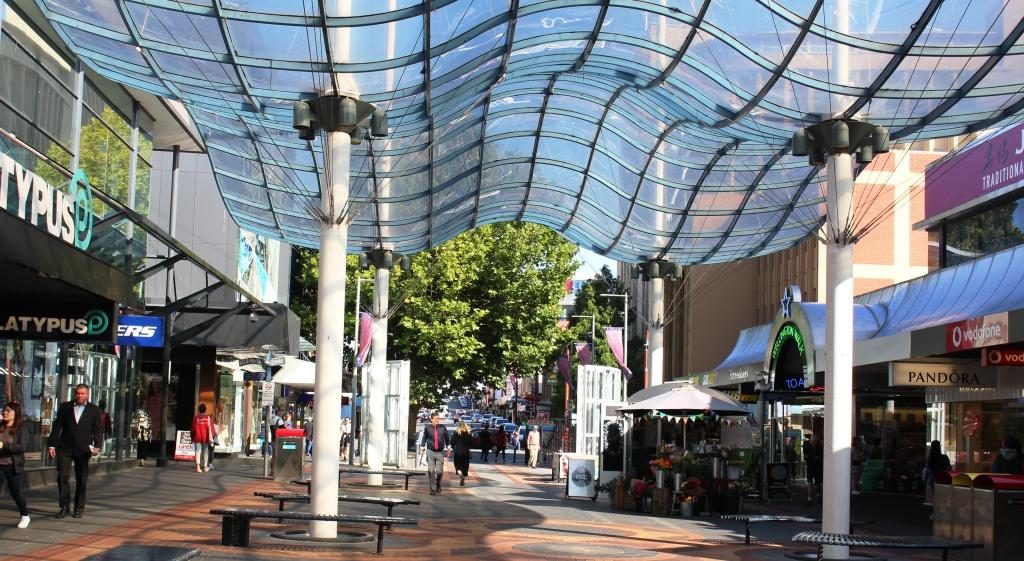
Tuesday was our last day in Hobart, so we started in the city centre, checking shops for a couple of things that we needed. But a city centre is a city centre and they are all similar. From those many years ago when we toured Tasmania I recalled the Cat and Fiddle arcade as a sort of quirky kind of place. We found it again but it is now quite bland. Just a mall with shops.
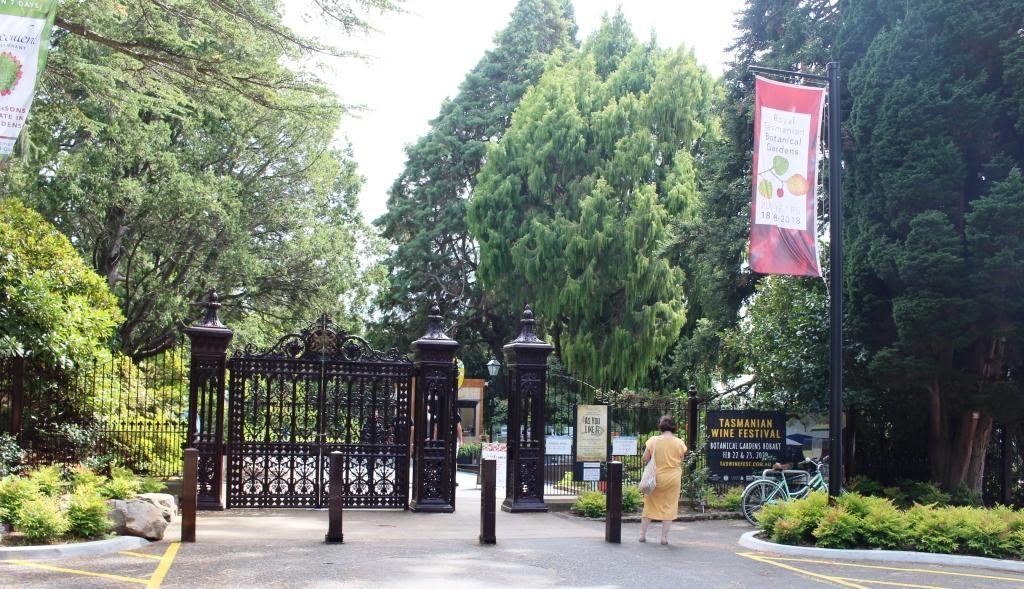
Next stop was the Botanical Gardens. They are located a short drive from the City and parking was not an issue. We walked through sufficient of the area in a couple of hours to get a good feel for the place. Botanical gardens, particularly those in capital cities, rarely disappoint and Hobart’s effort is no exception.
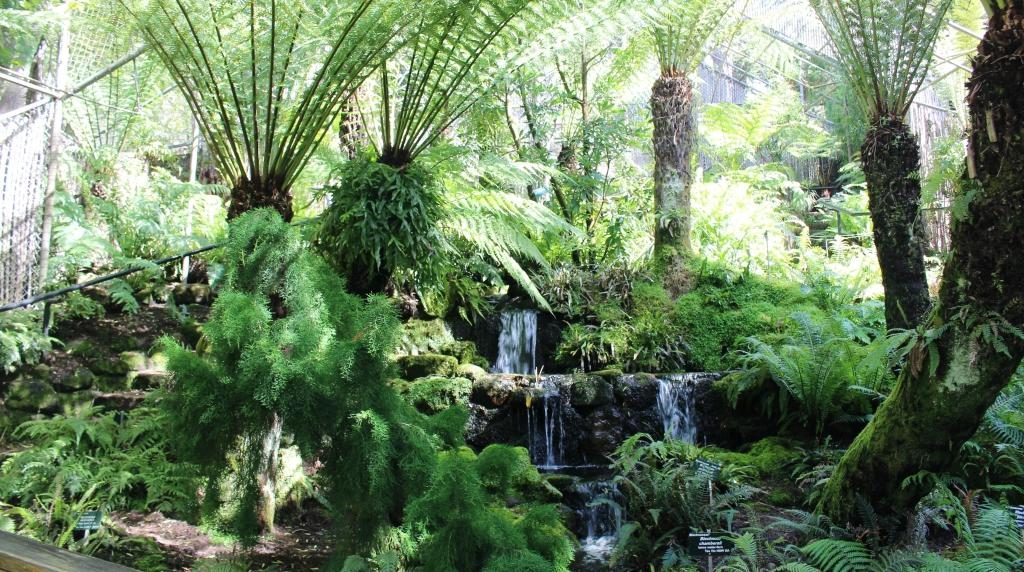
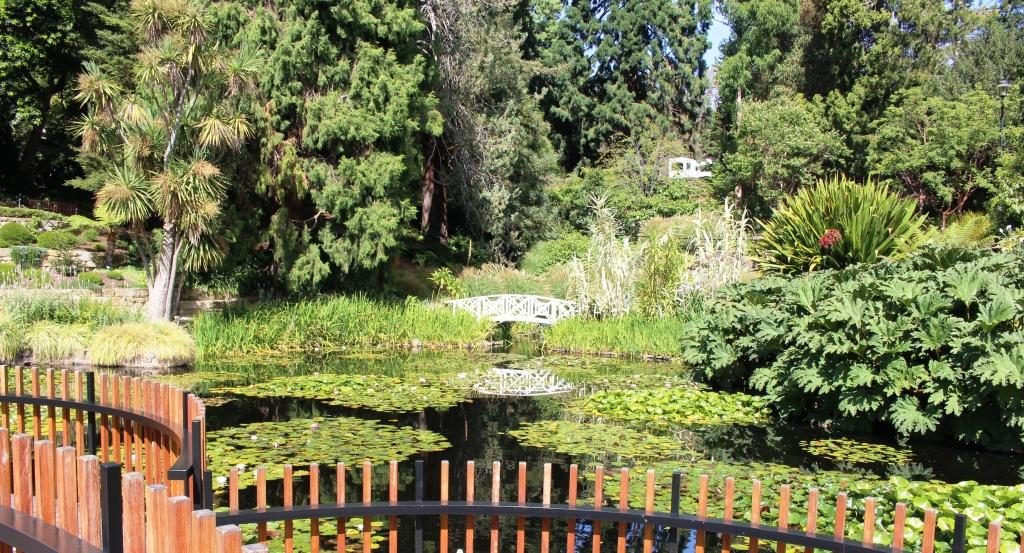
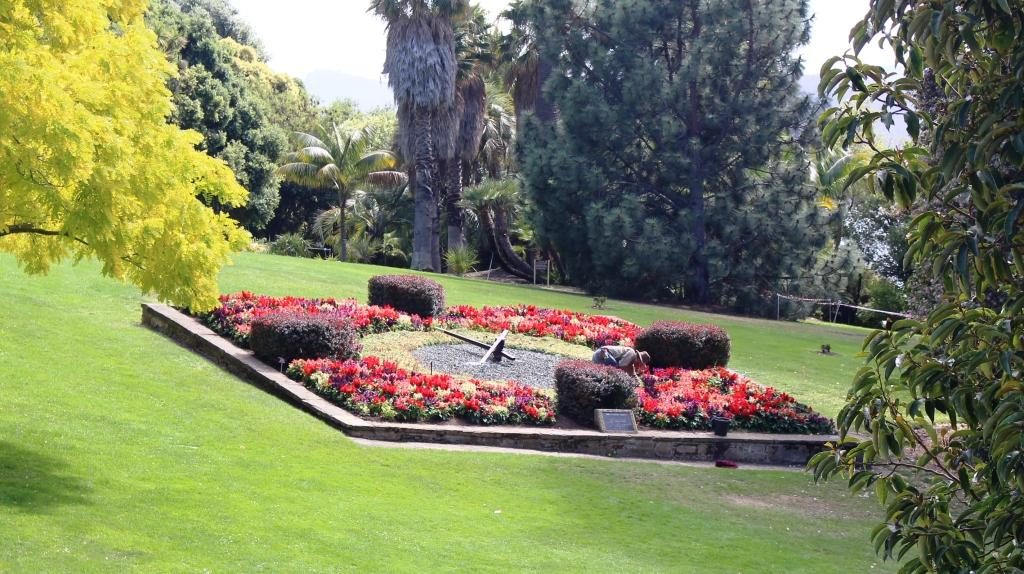
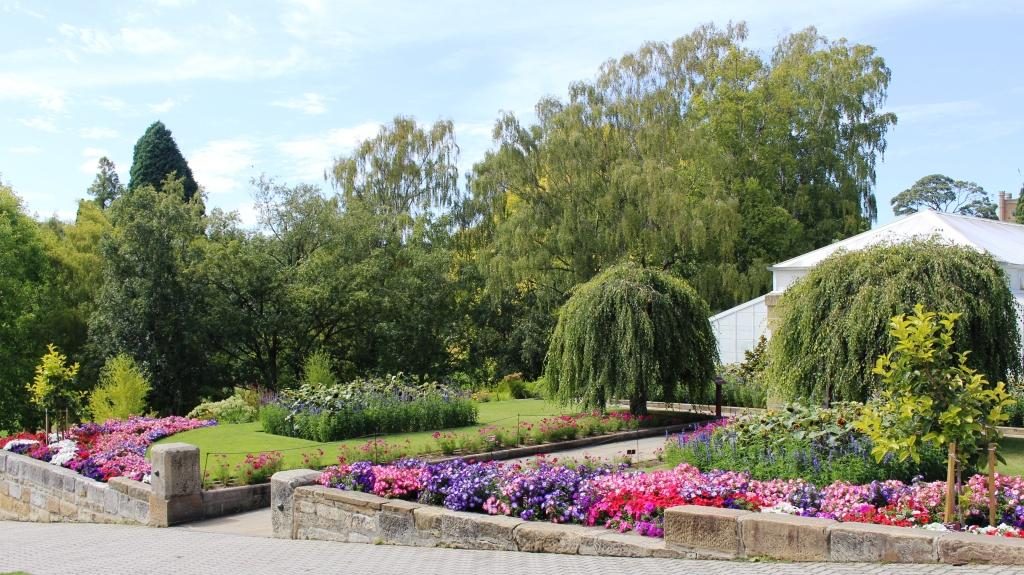
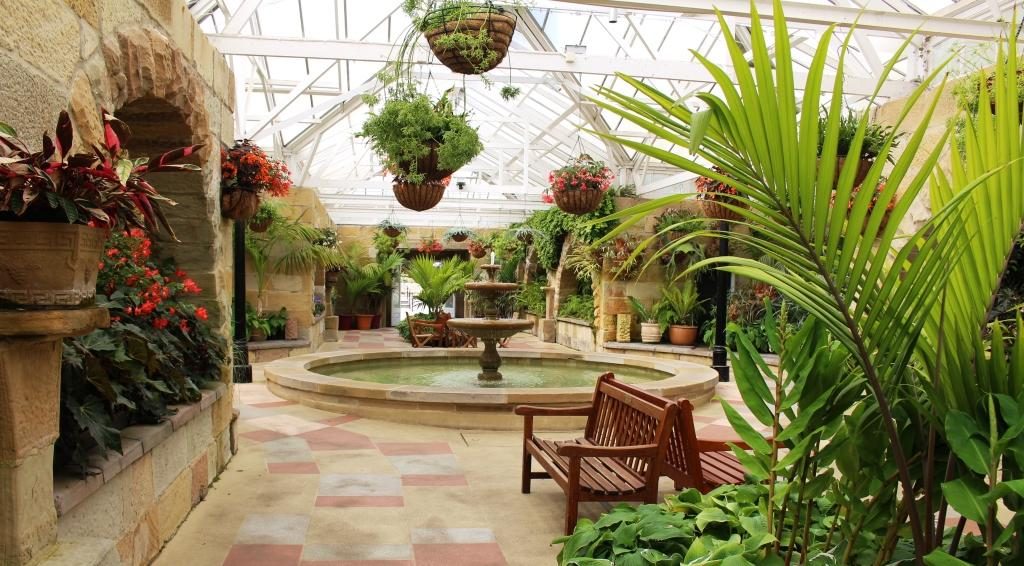
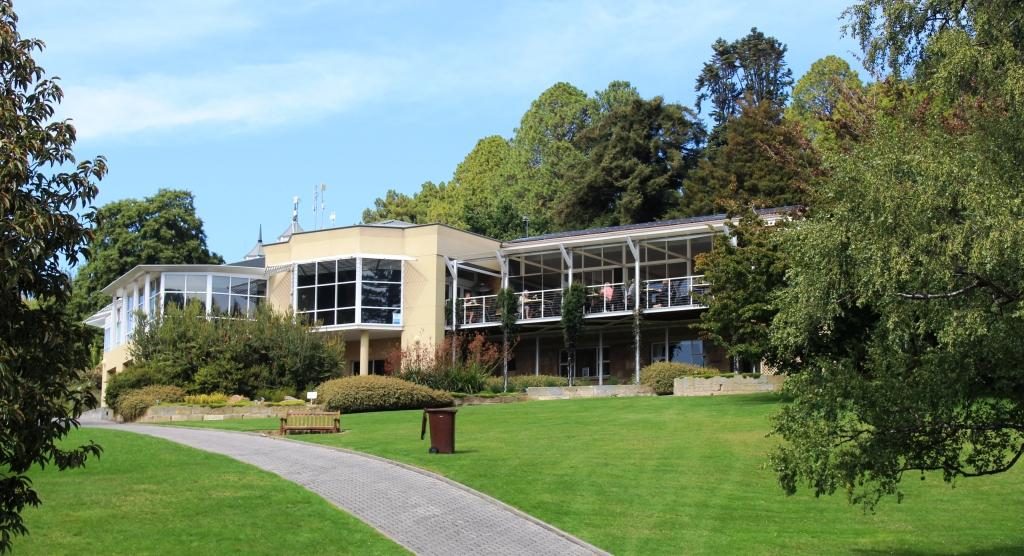
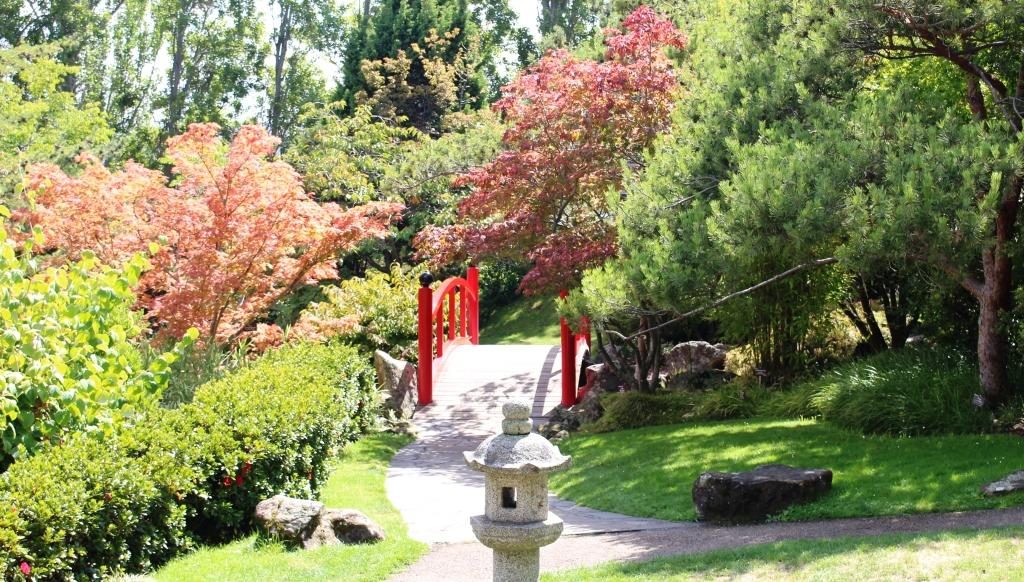
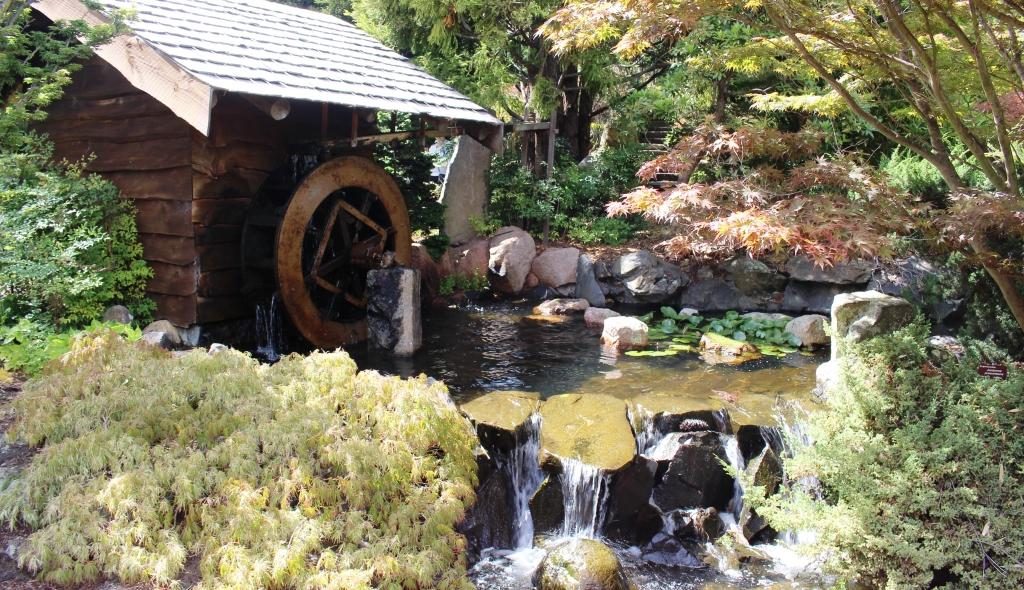
A drive to the northern suburbs followed. We stopped in Glenorchy for some lunch and then came back for a second try at the female convict penitentiary. Back in the day the female convict establishment was called a factory. Placing female convicts into service with Hobart households was part of the transportation plan. To have worked in a factory did not have the stigma of having been an inmate of a prison.
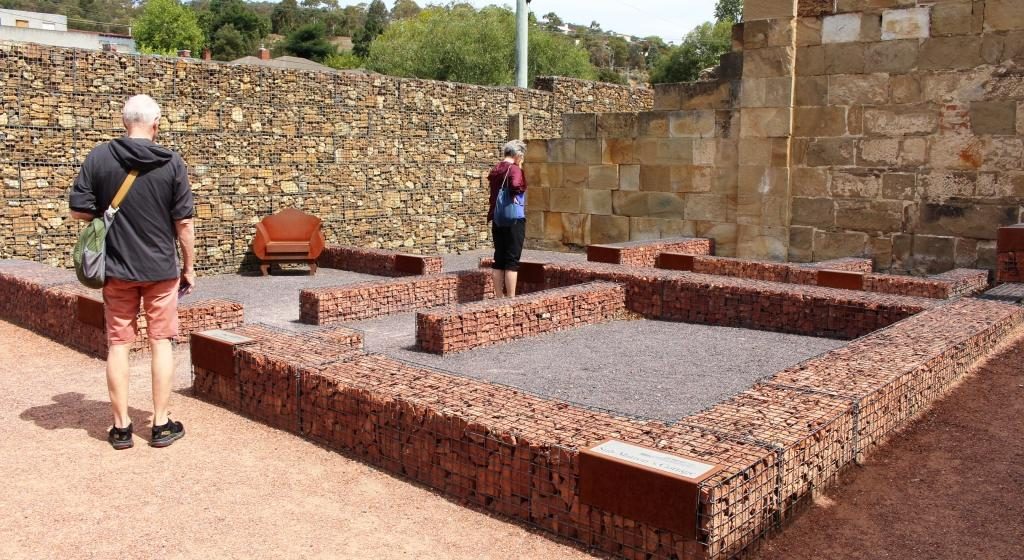
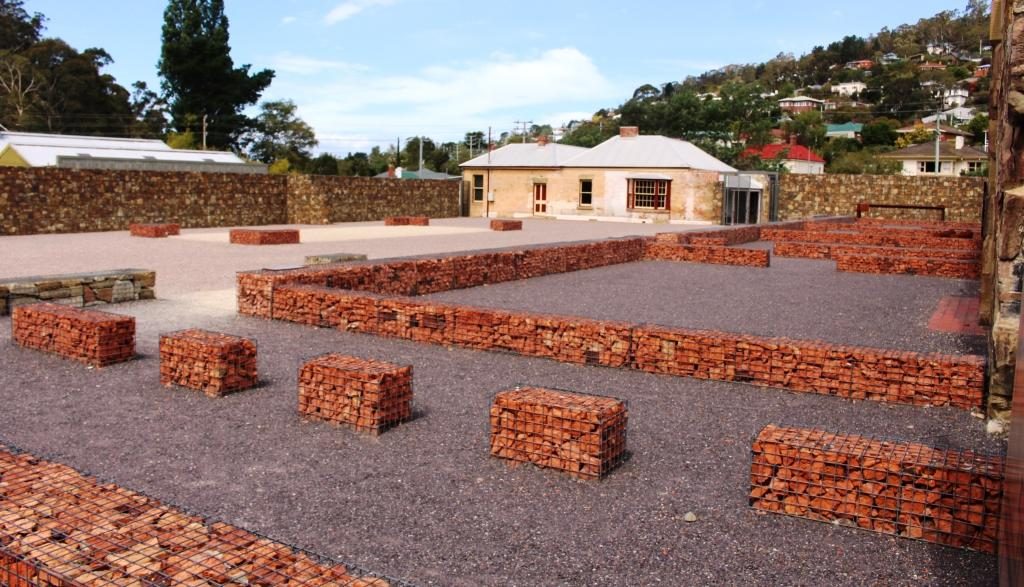
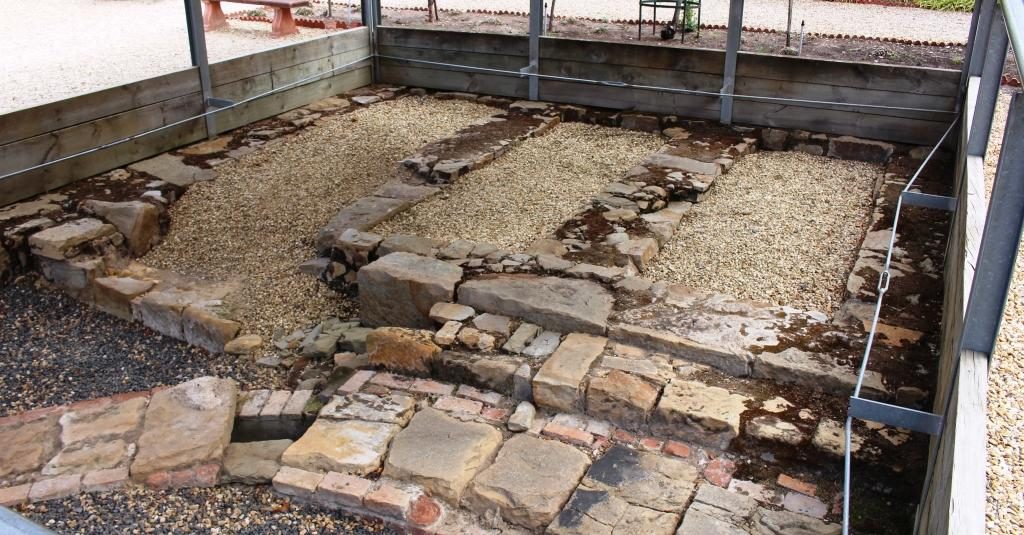
But jails they were, with sentences to be served behind stone walls. A couple of buildings still stand but in most of the area the lay outs of buildings are marked by wire crated stones. Information plaques are widely used to explain it all. It is well worth a visit. Conducted tours are lead by theatre folk, so for a added cost you can have the story told by an actress who will provide a full costumed performance.

We looked up at Mount Wellington again but its summit was playing tag with cloud. So we drove about half way up to where we were well below the cloud base but there are lookout points provided at the end of a short walk. The views were worth the effort.
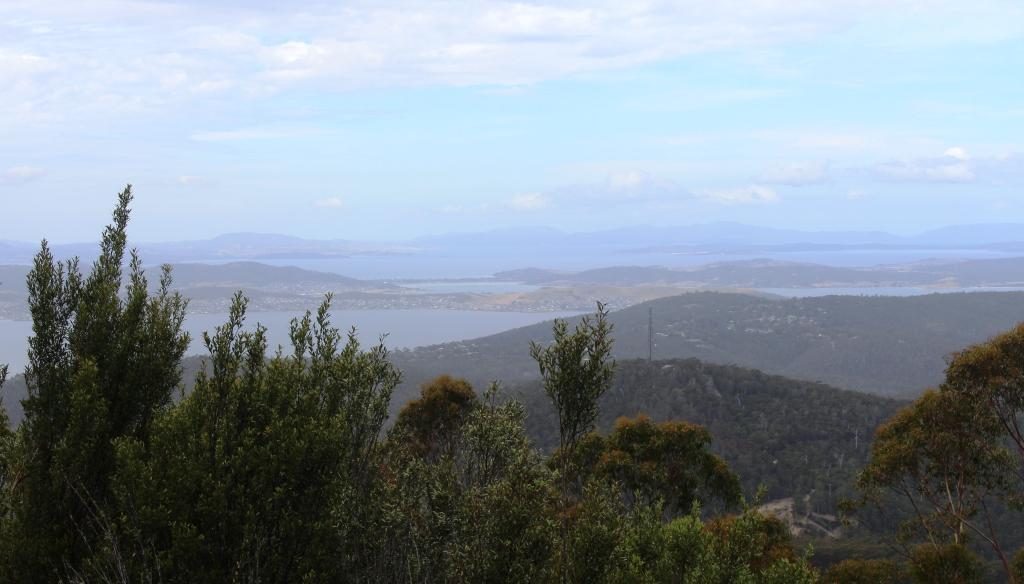
We concluded our stay in Hobart by dining out in the evening at The Drunken Admiral Restaurant. Located in one of the wharf side buildings, this well known eatery has been in continuous operation for over forty years. I had dined there when in Hobart on business early in its life, so decided to take Ruth there. I chose the same dish as on the previous visit, the signature dish of seafood chowder. It was as I remembered. The waitress assured me that the recipe had not changed.


